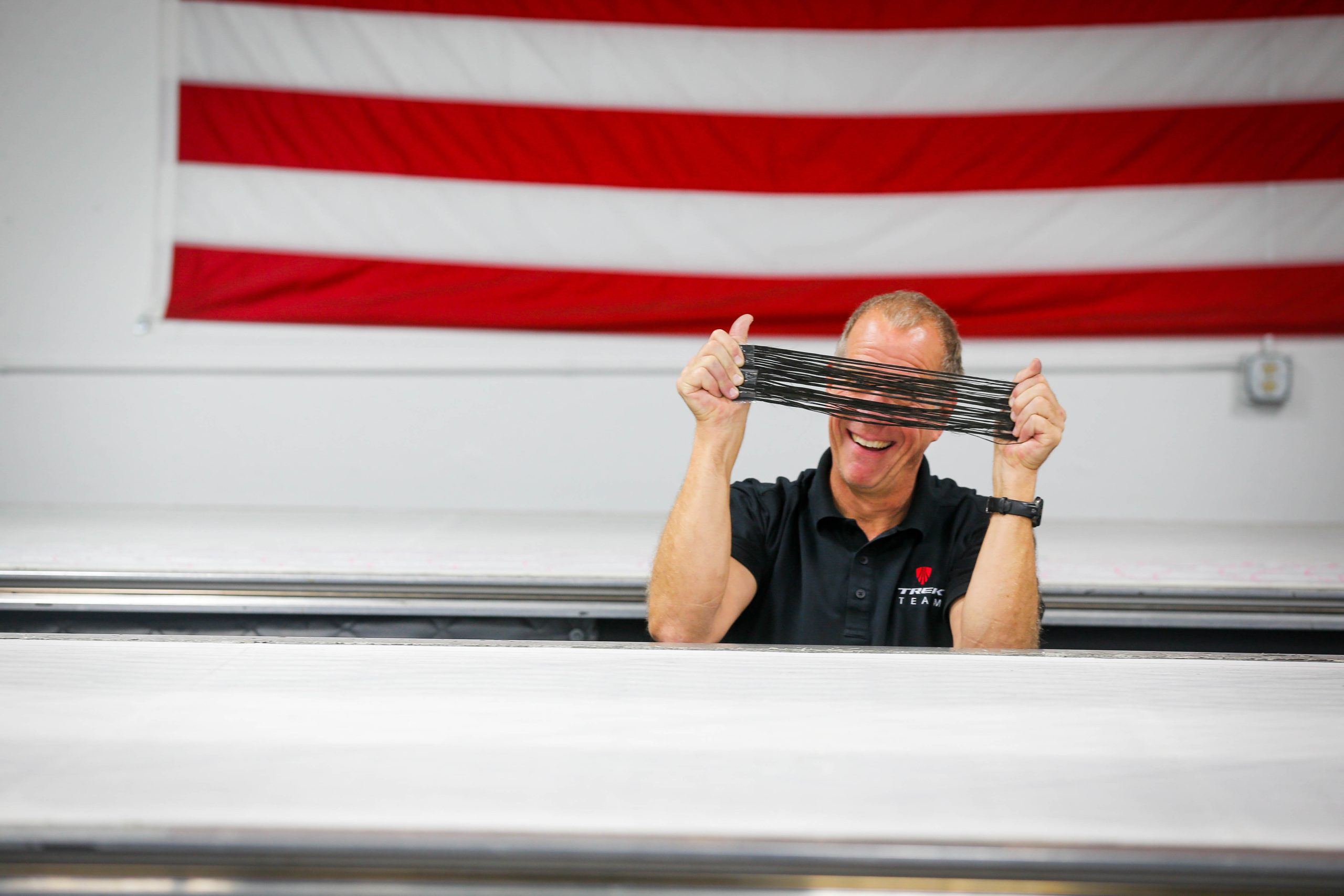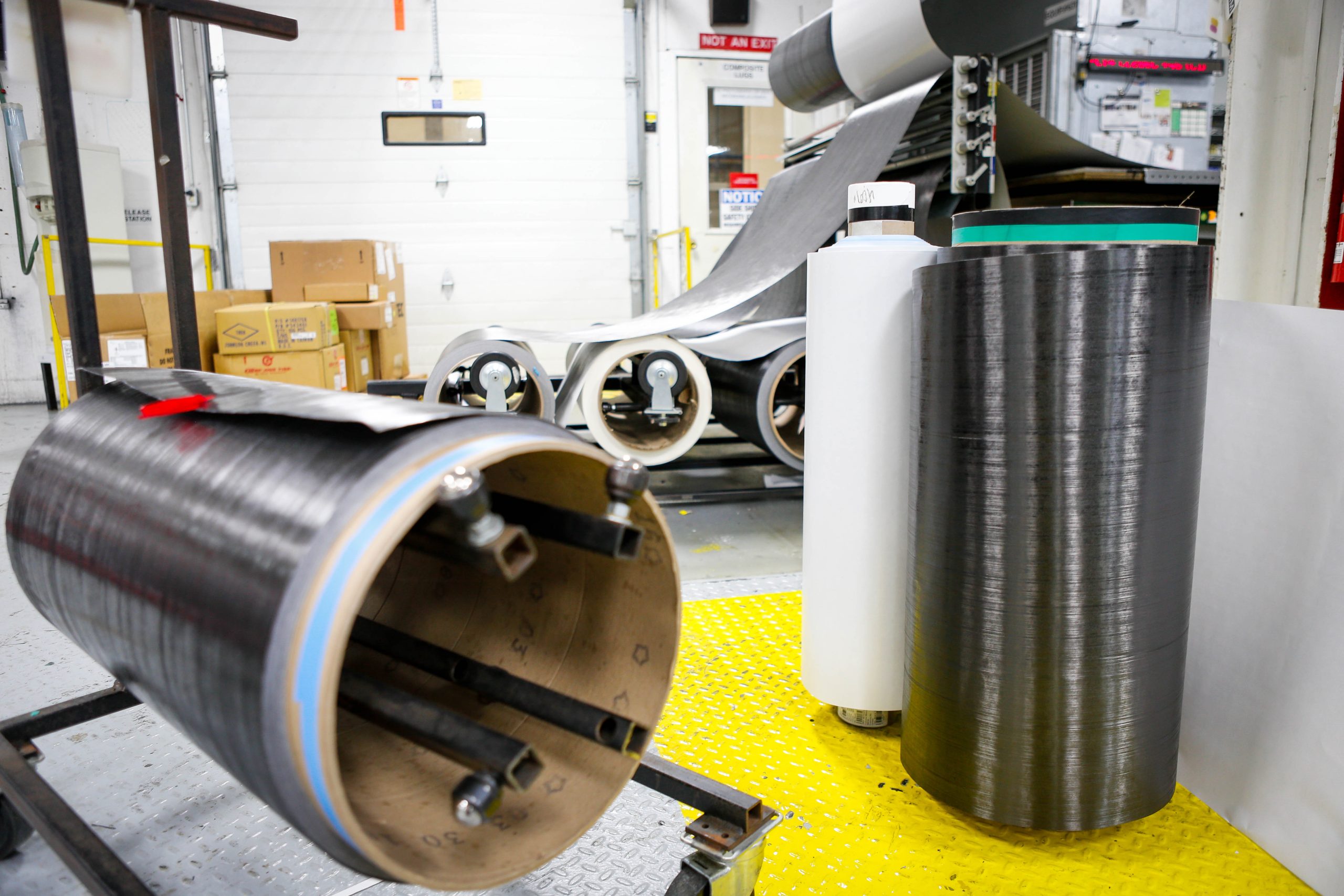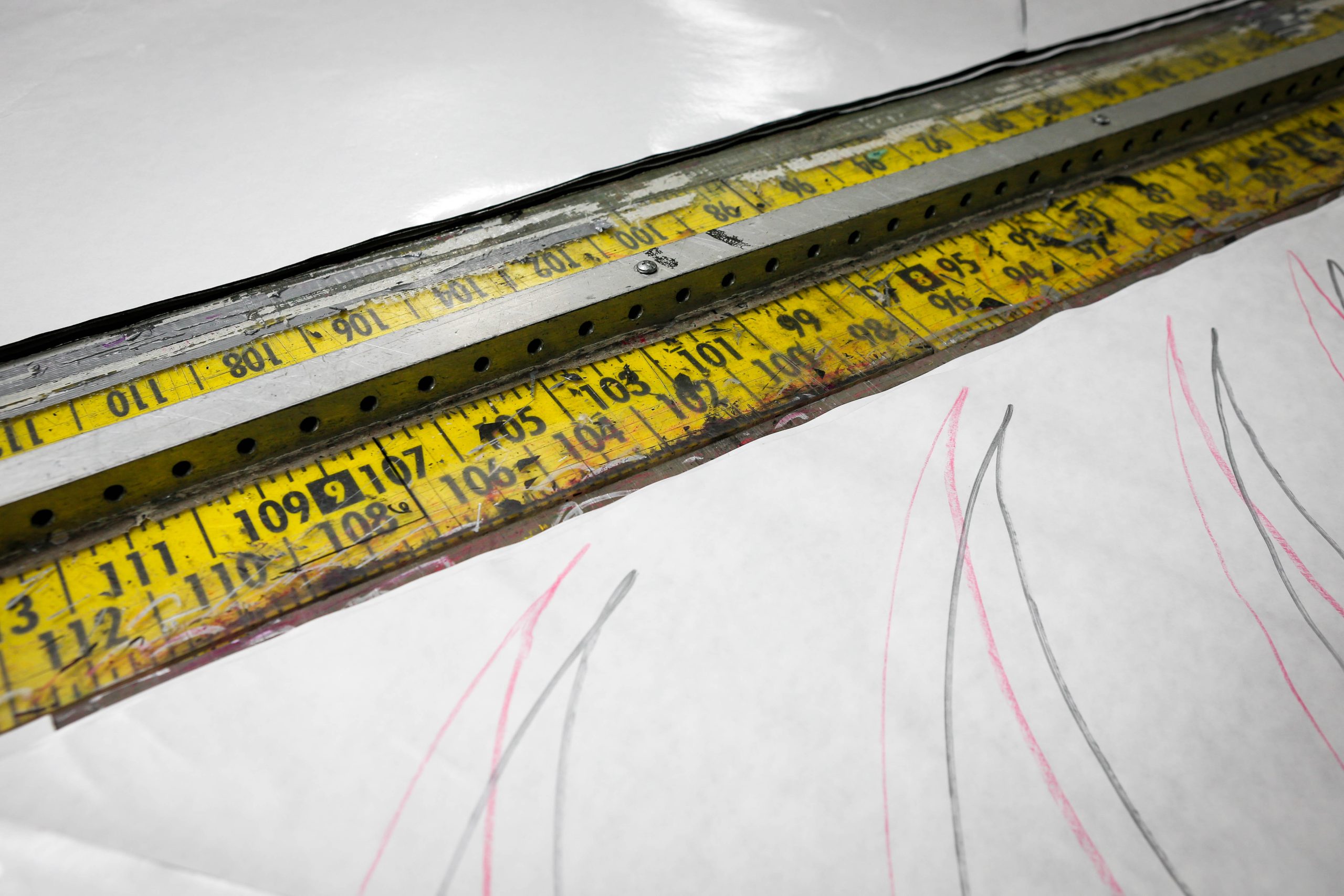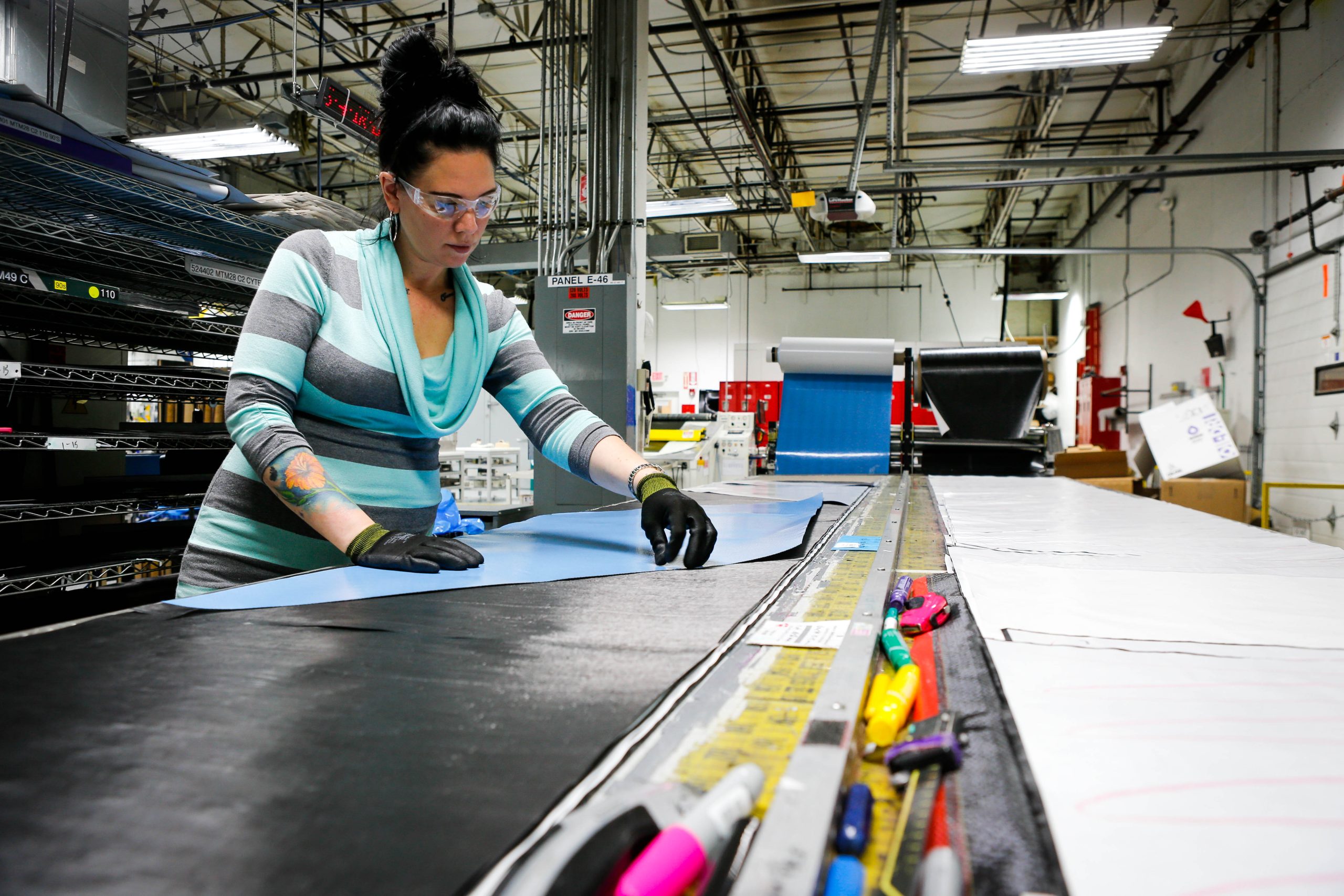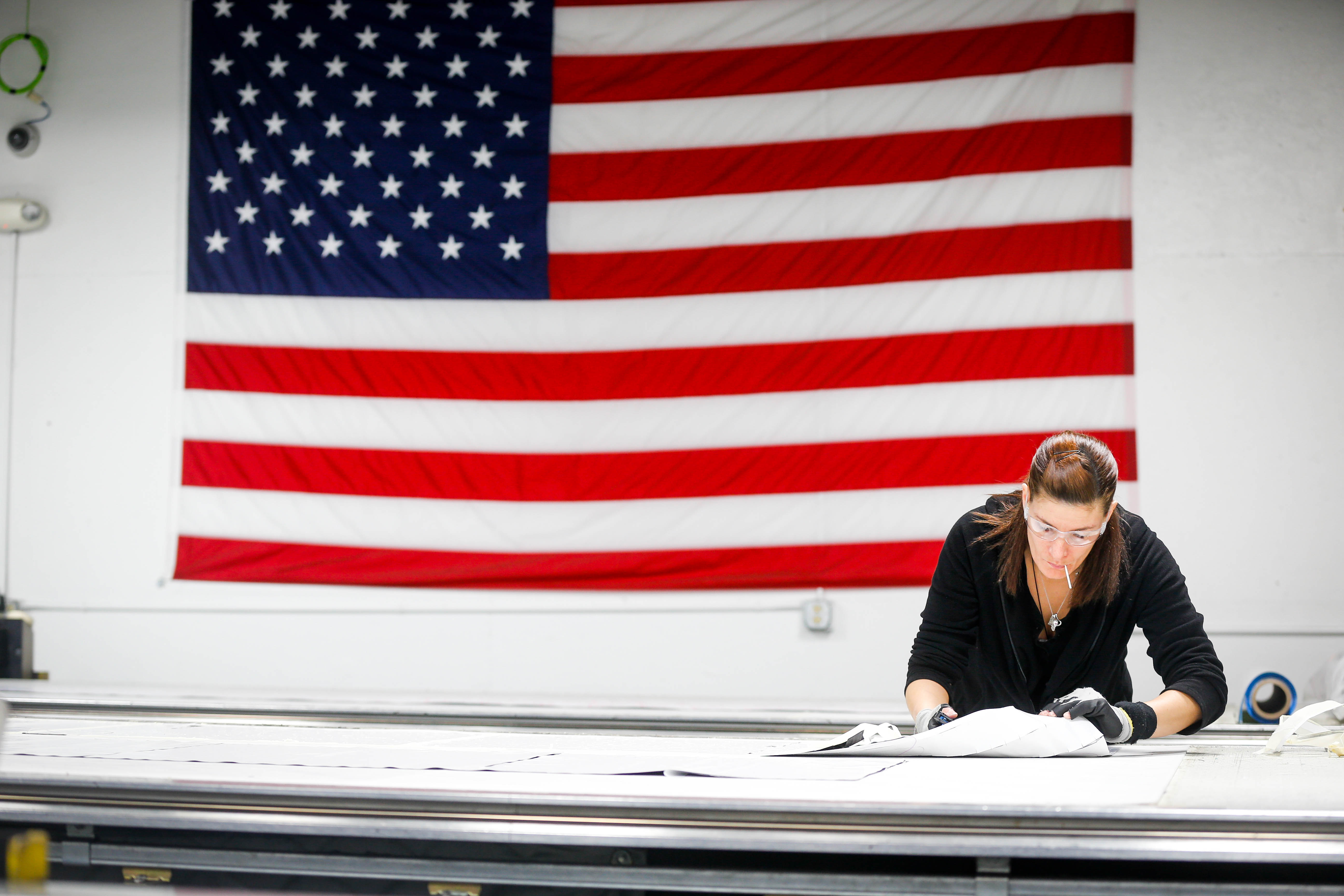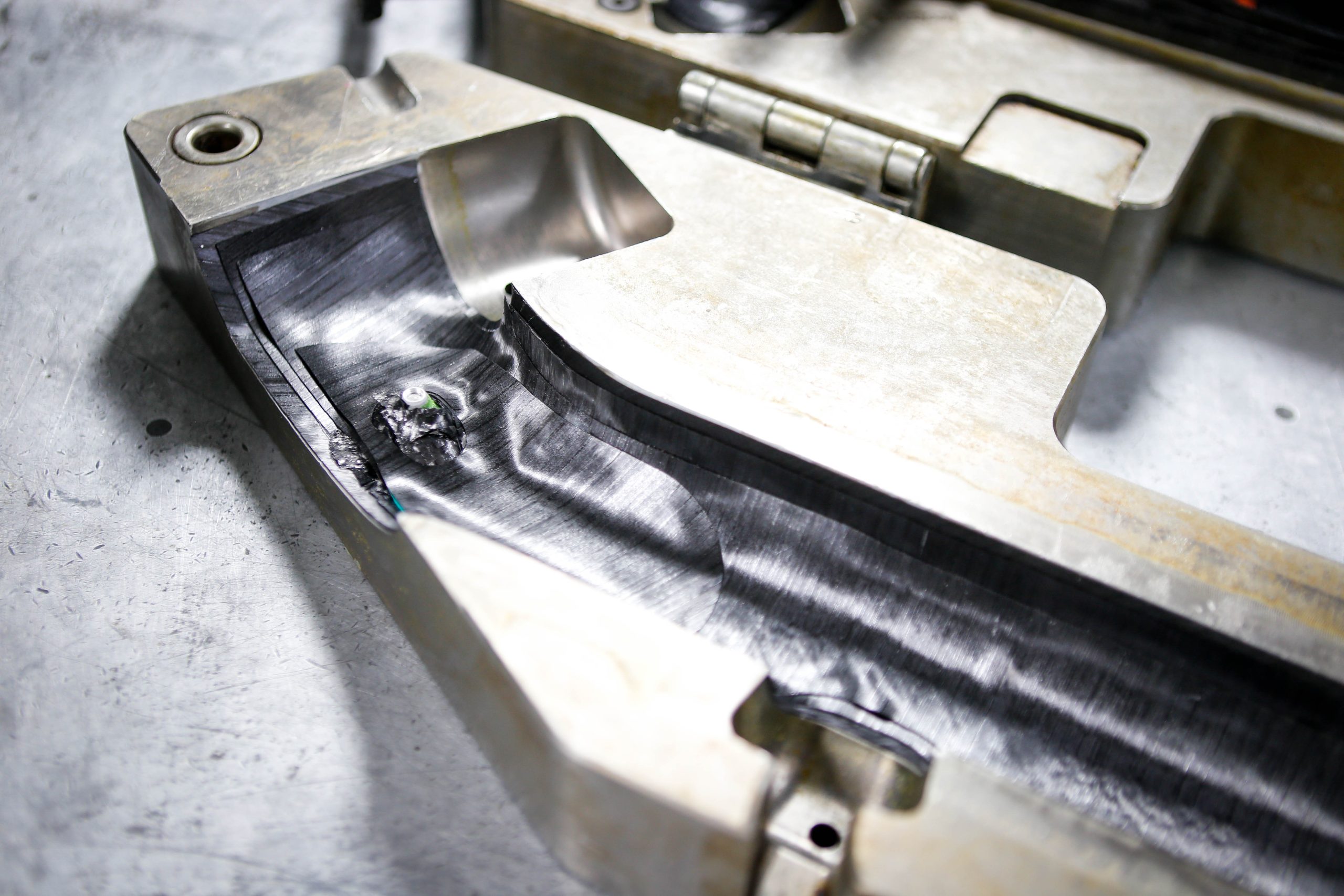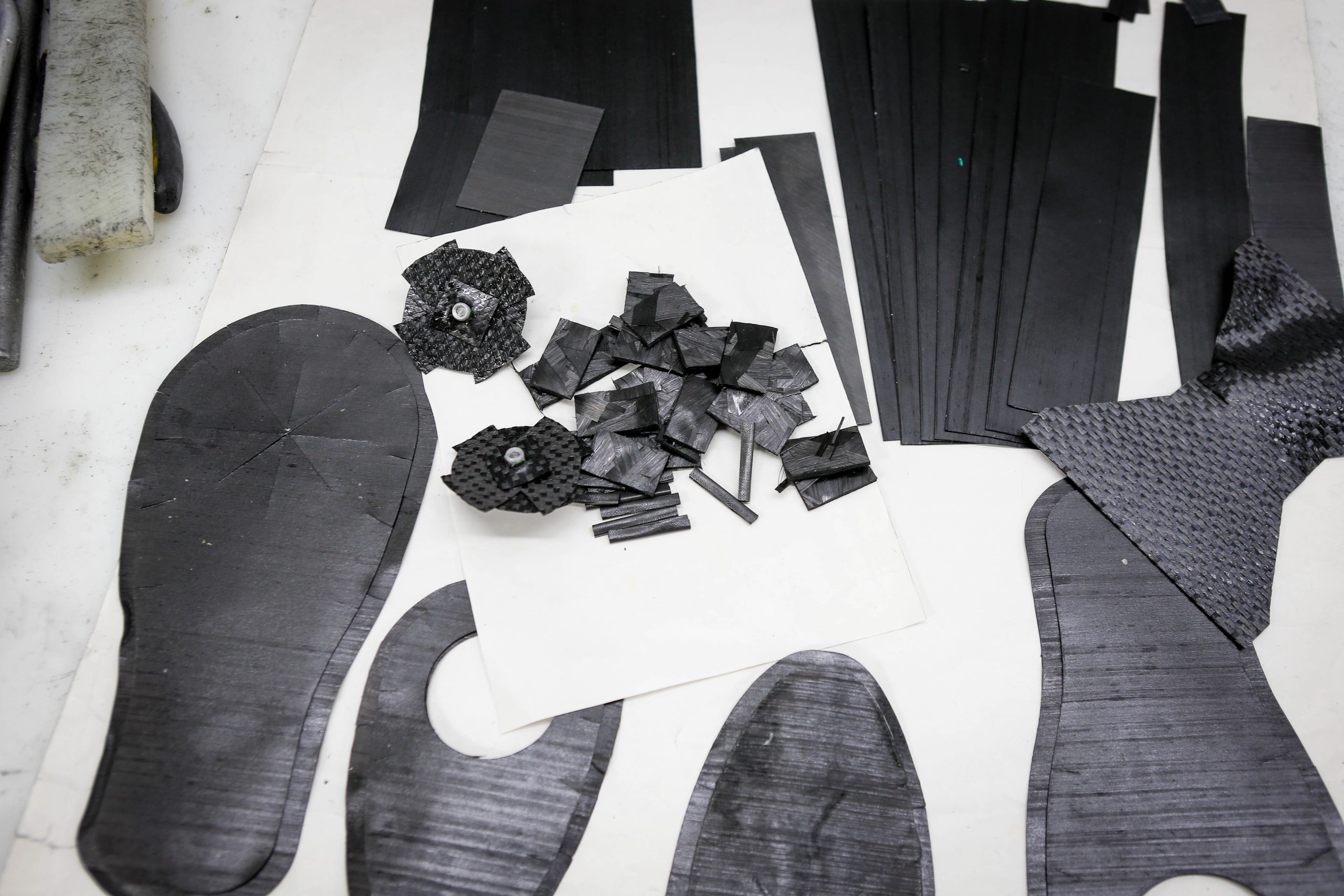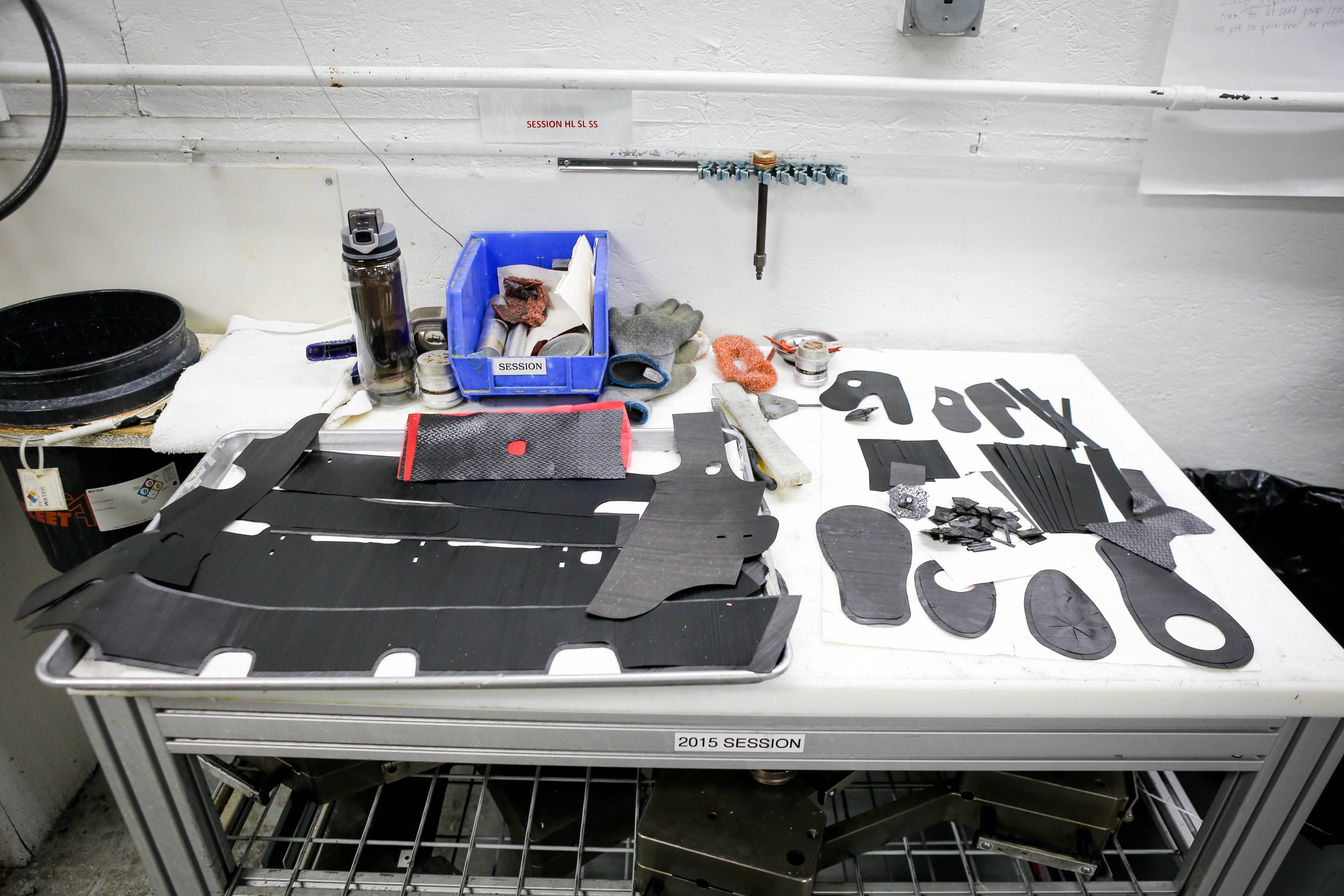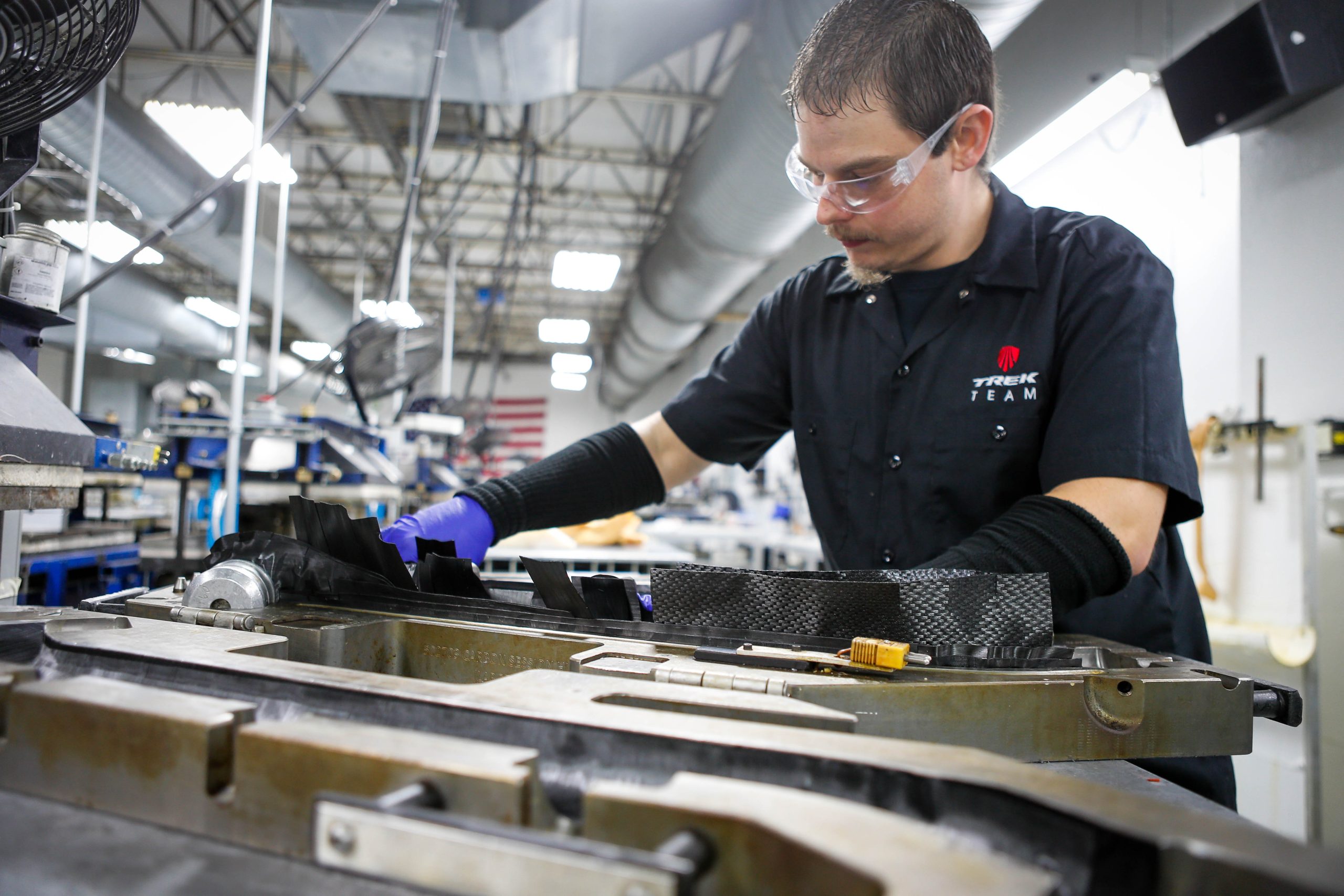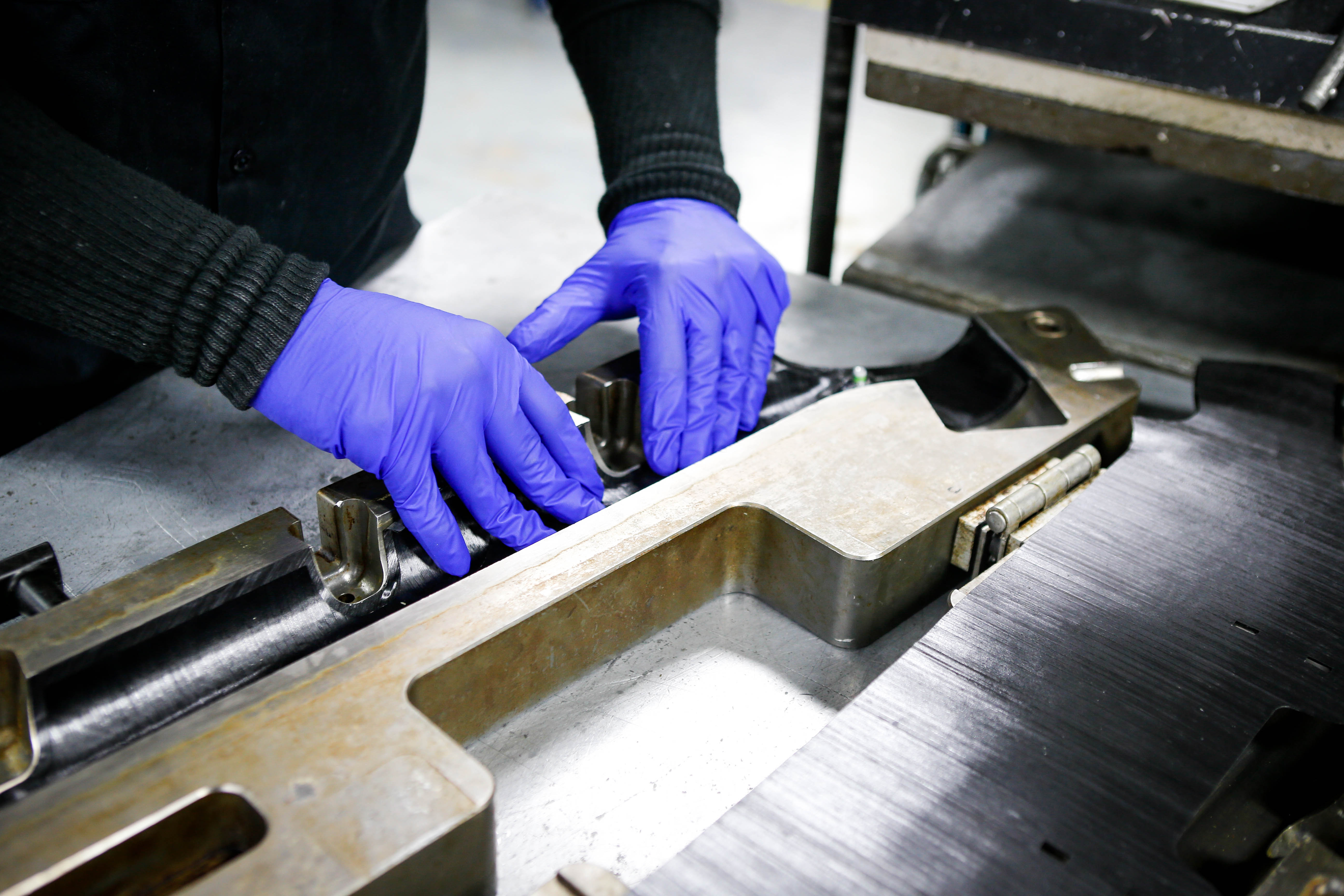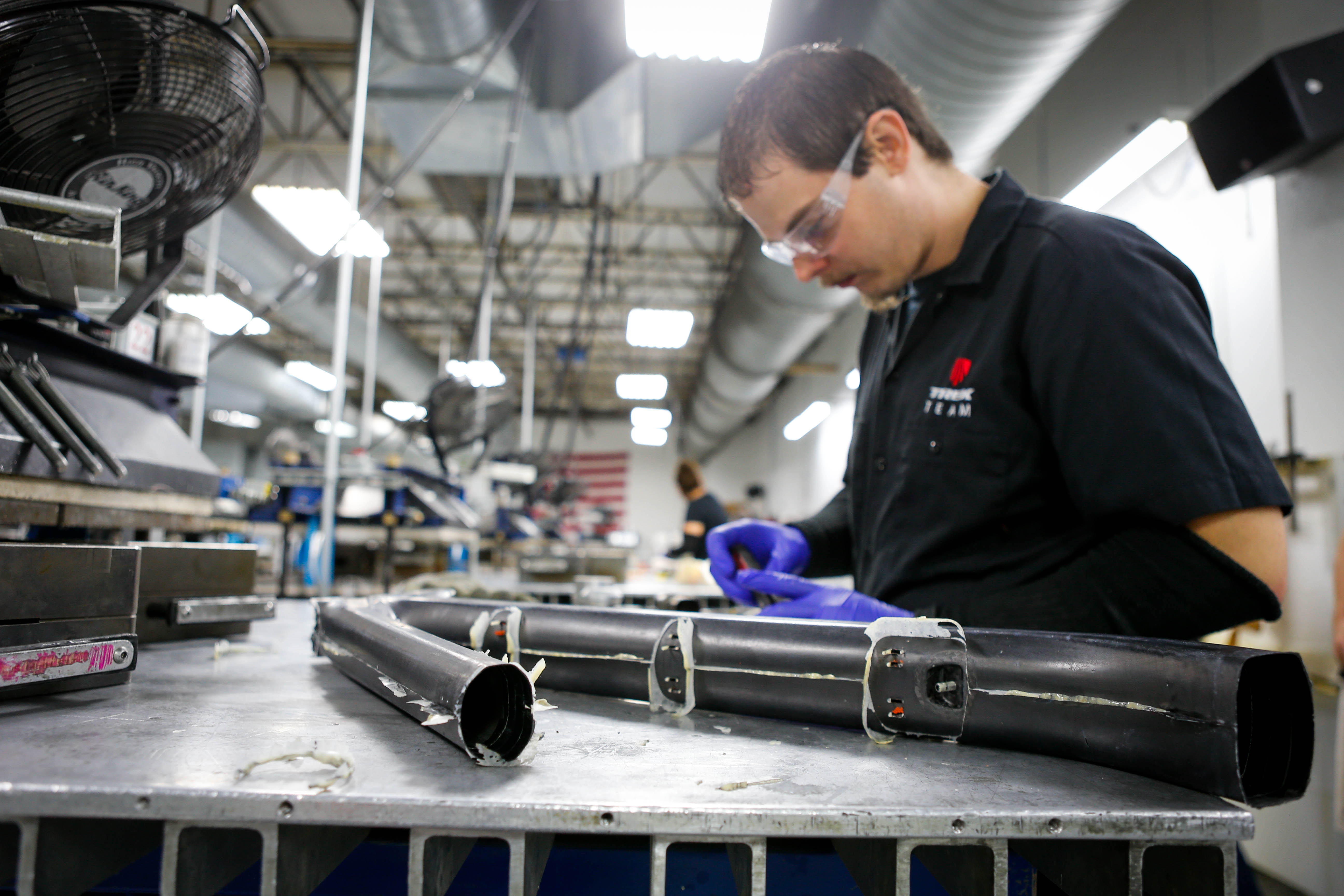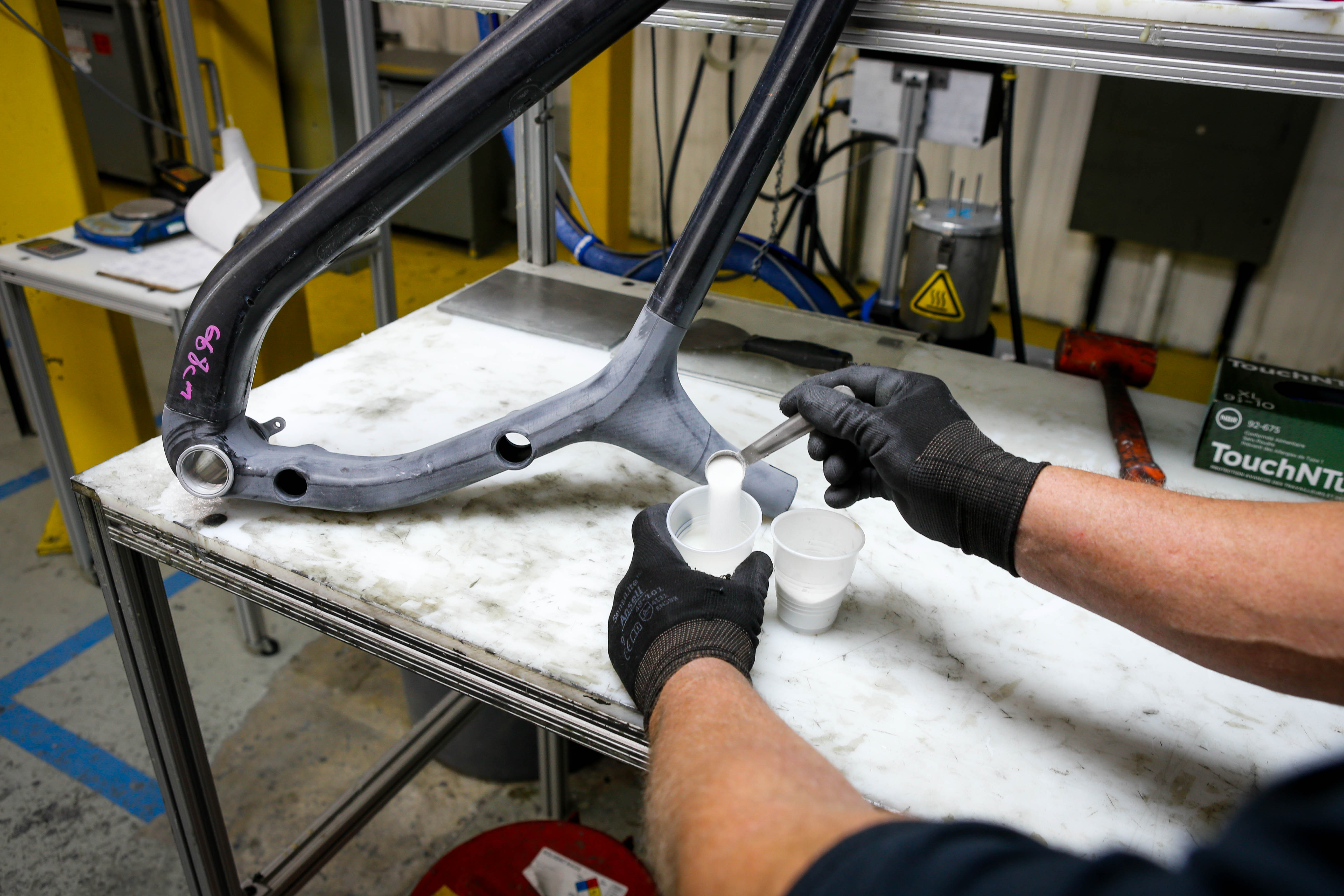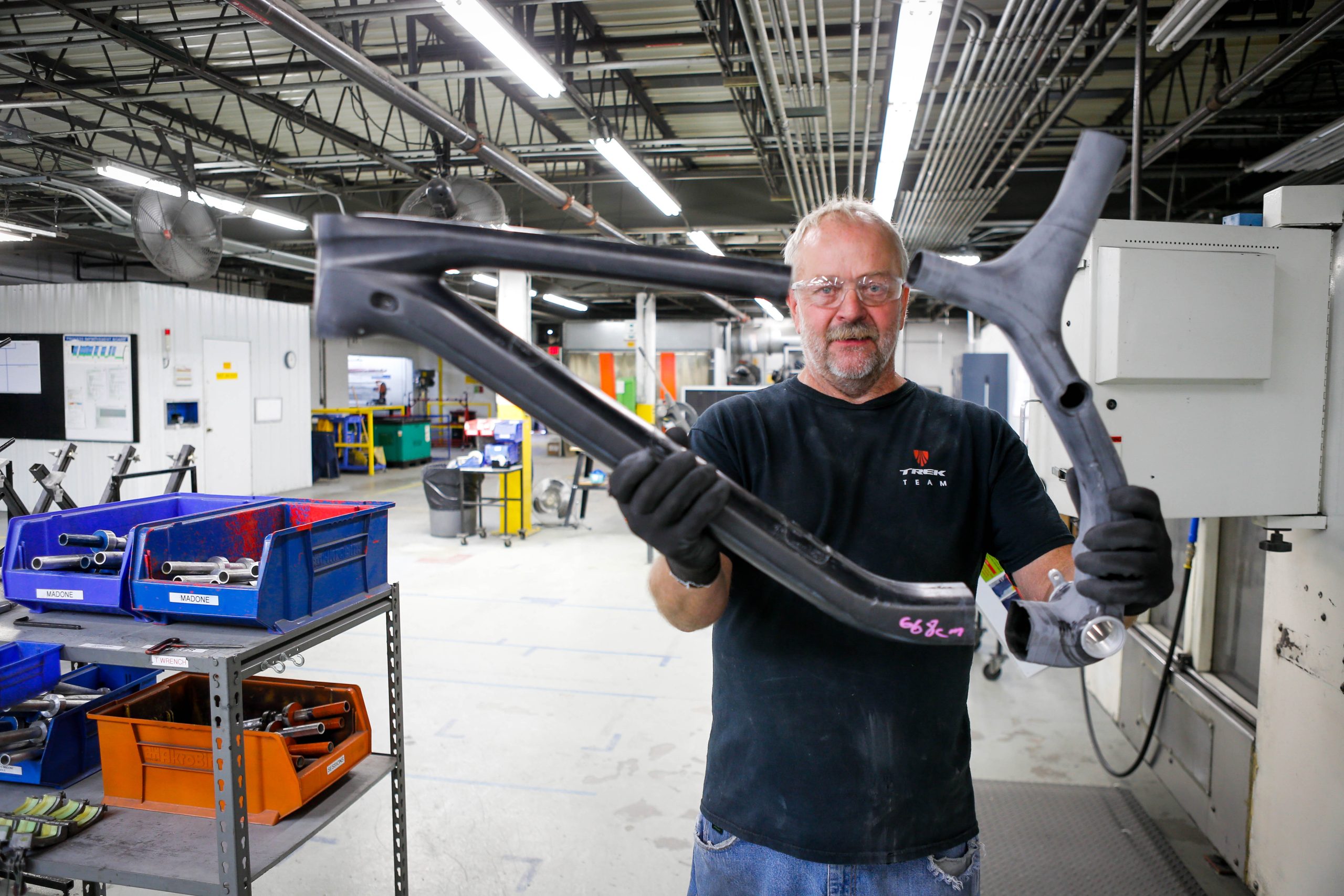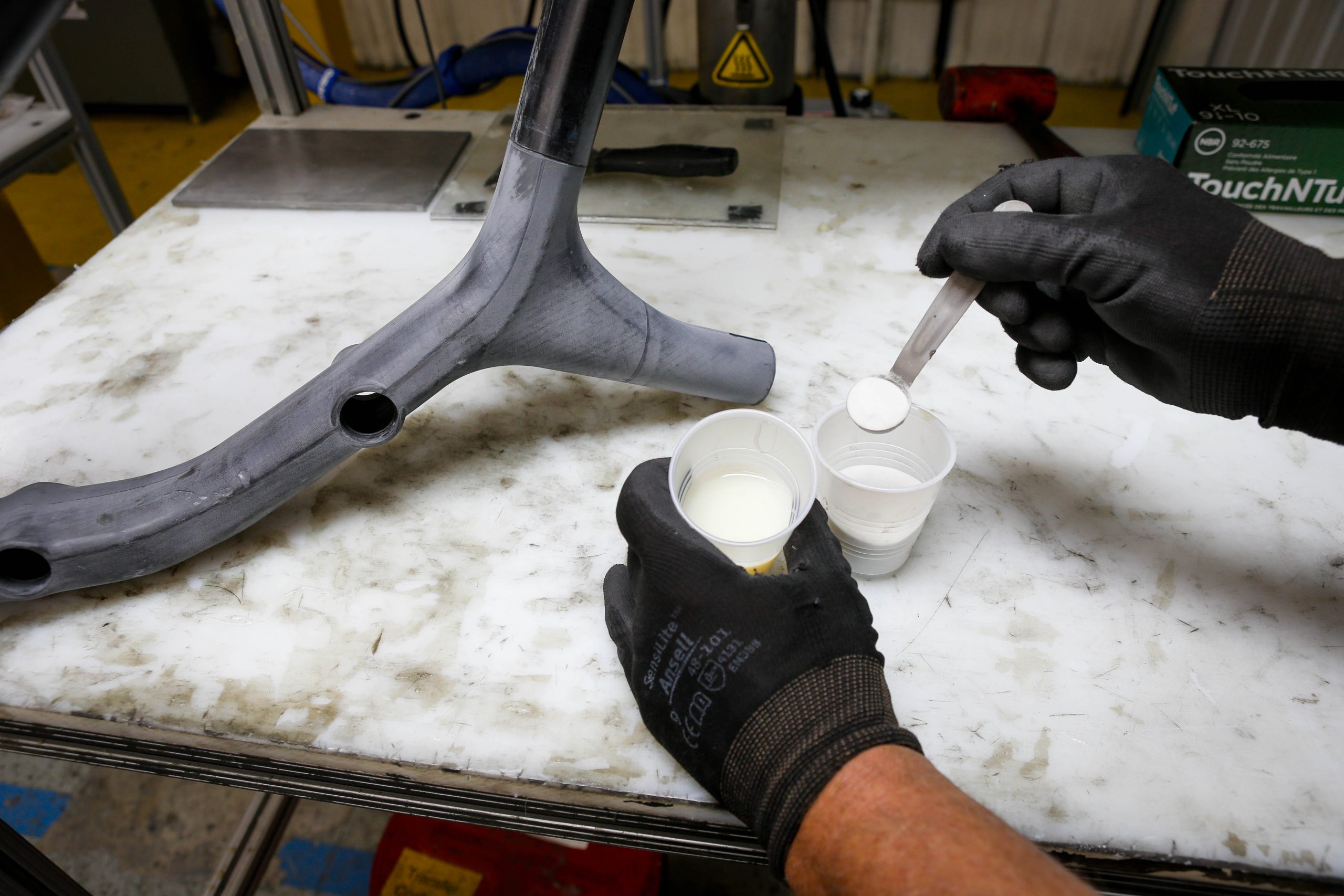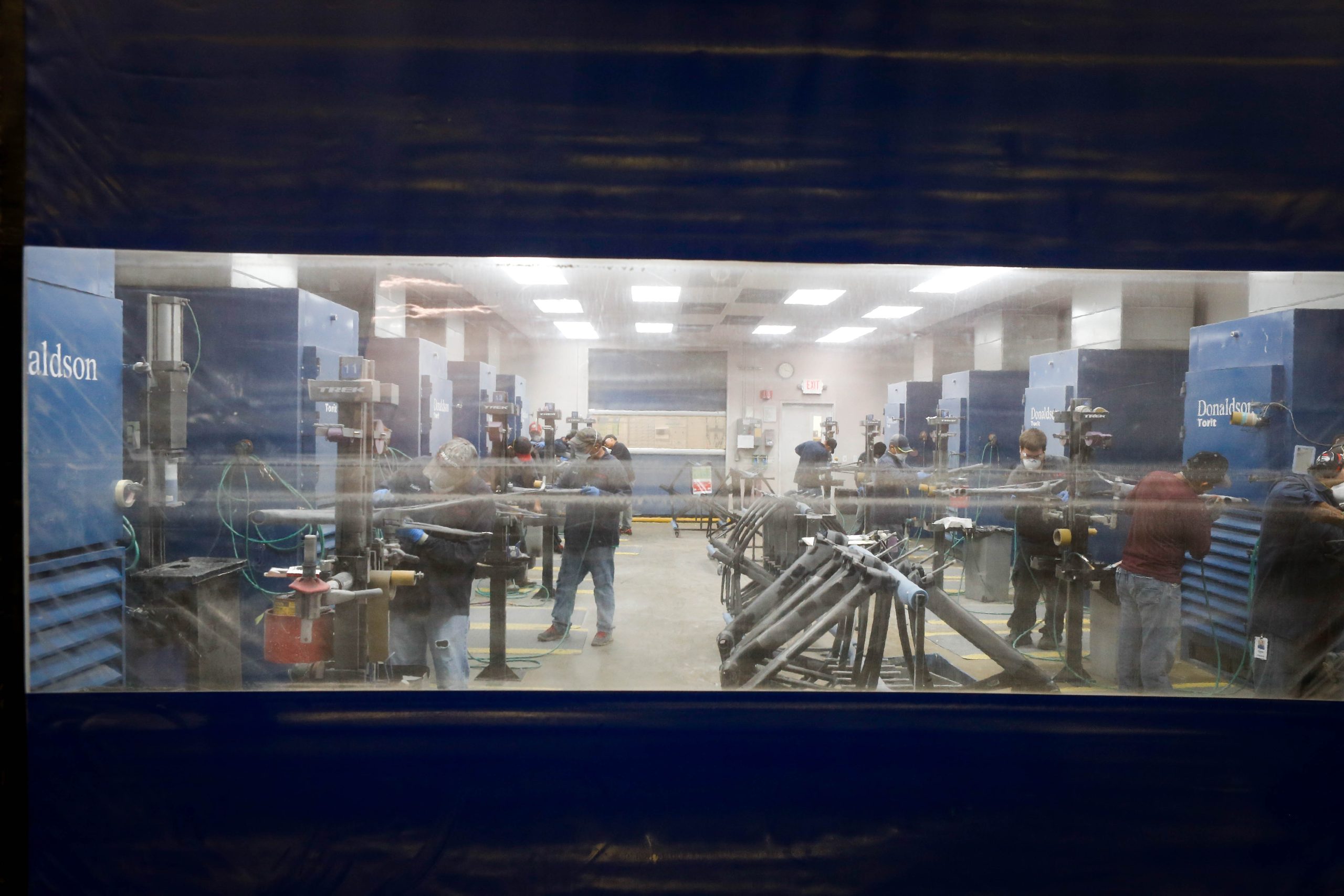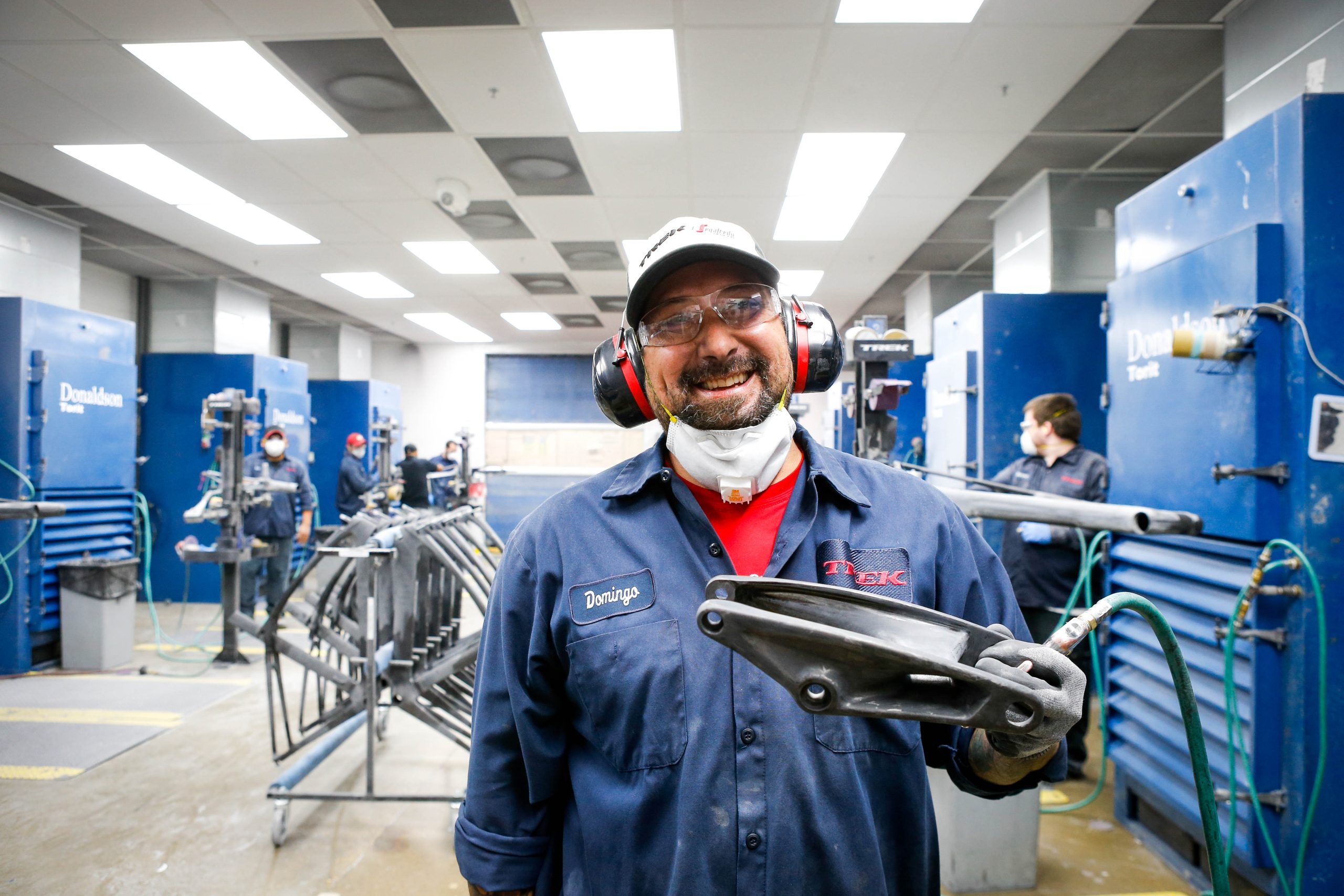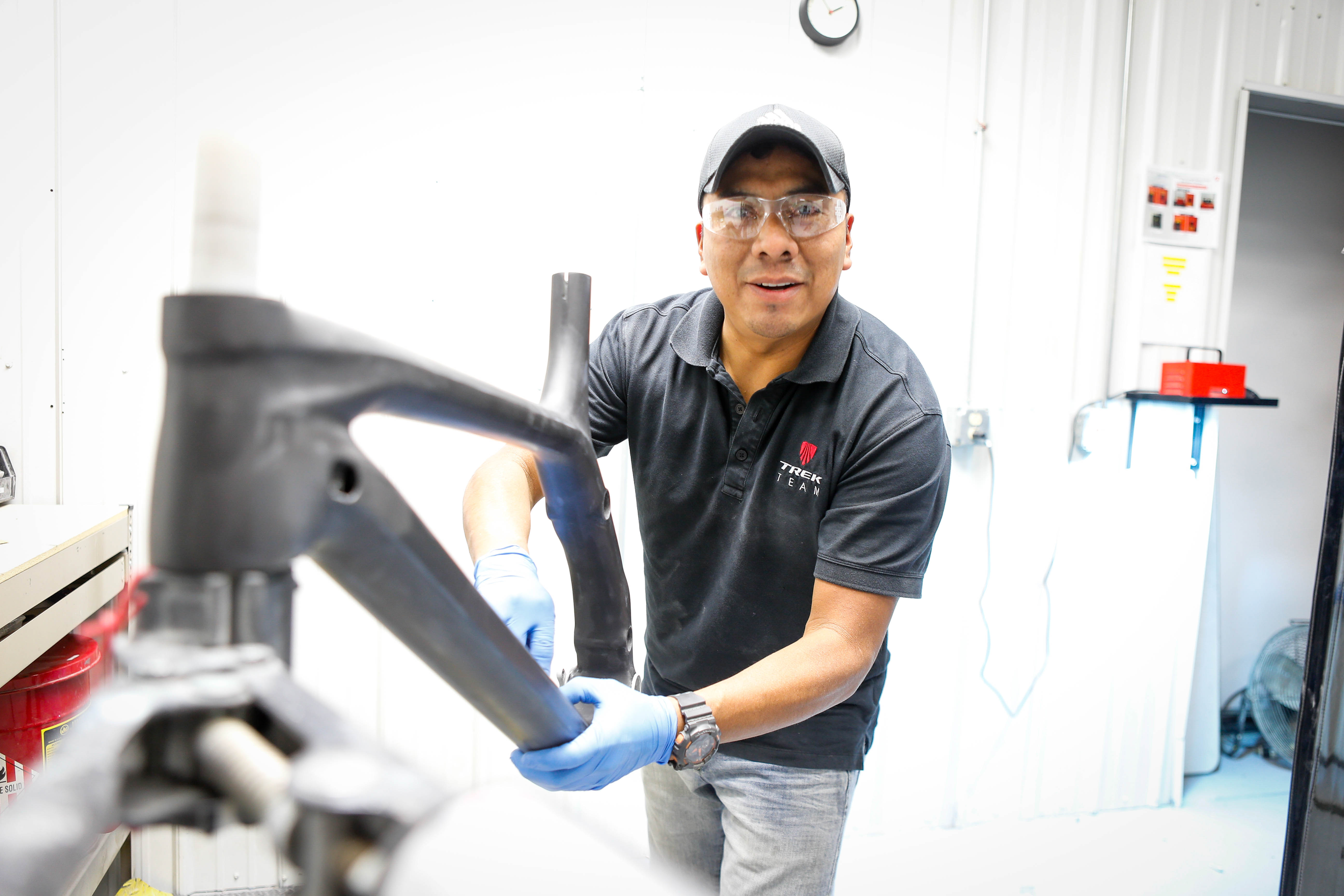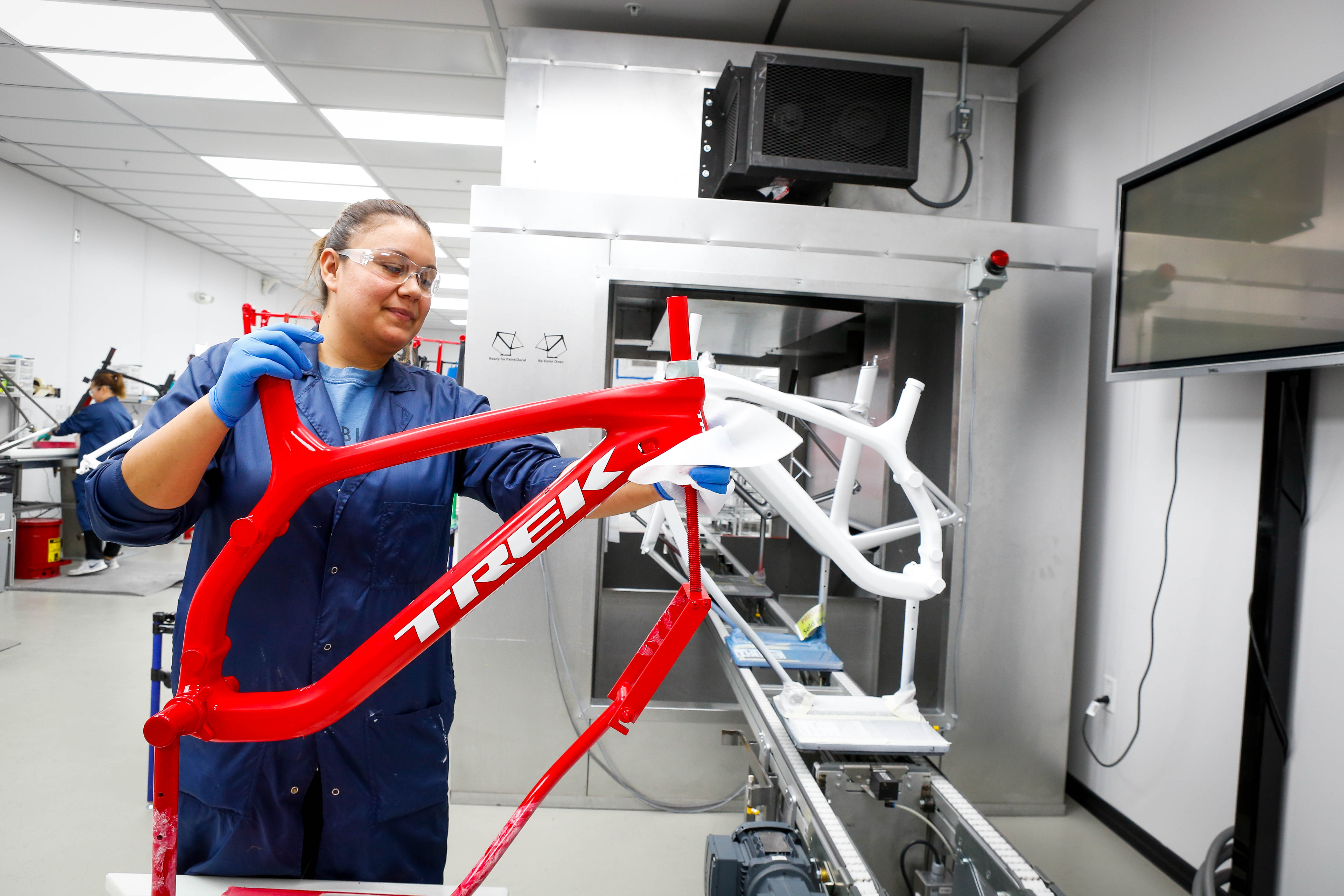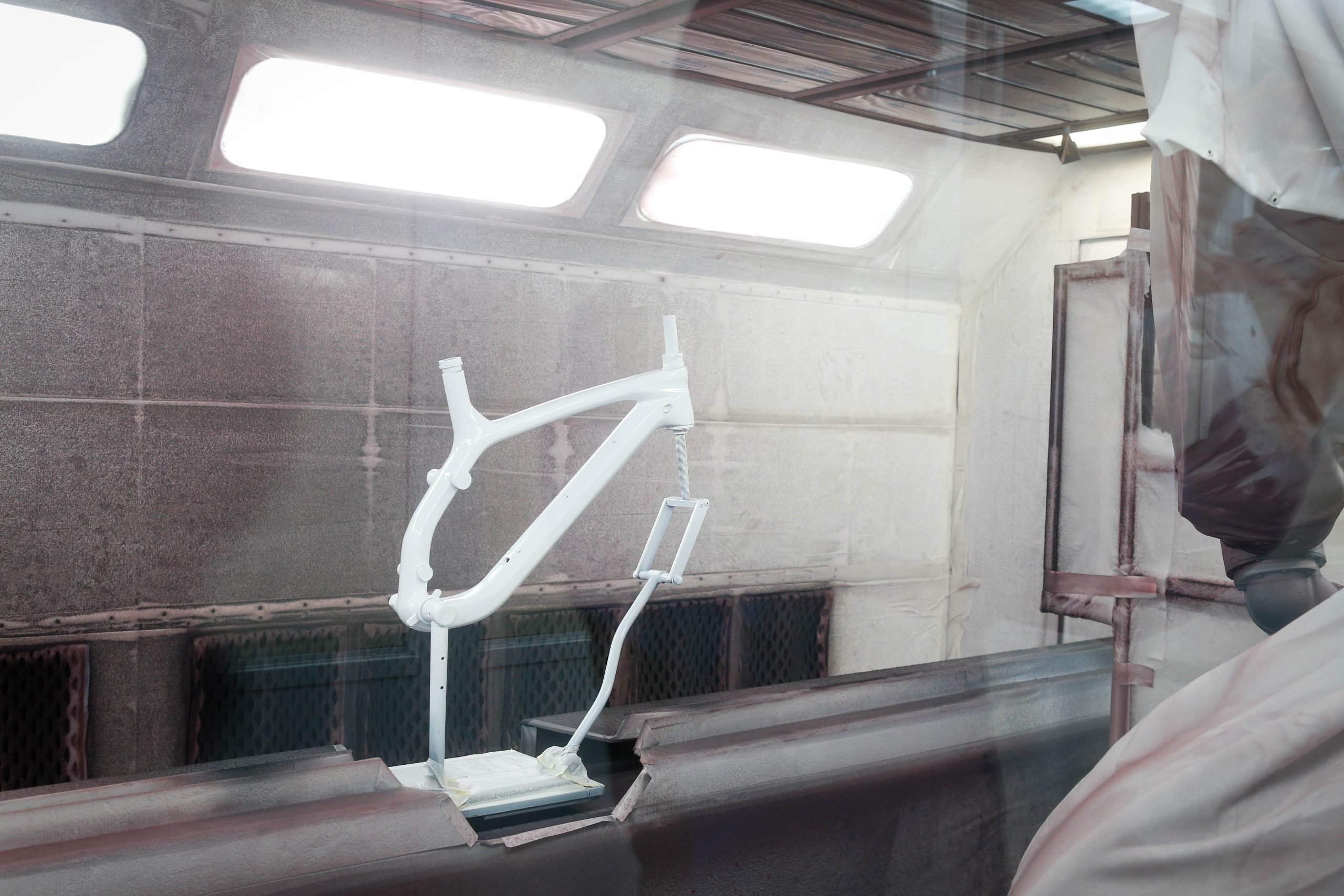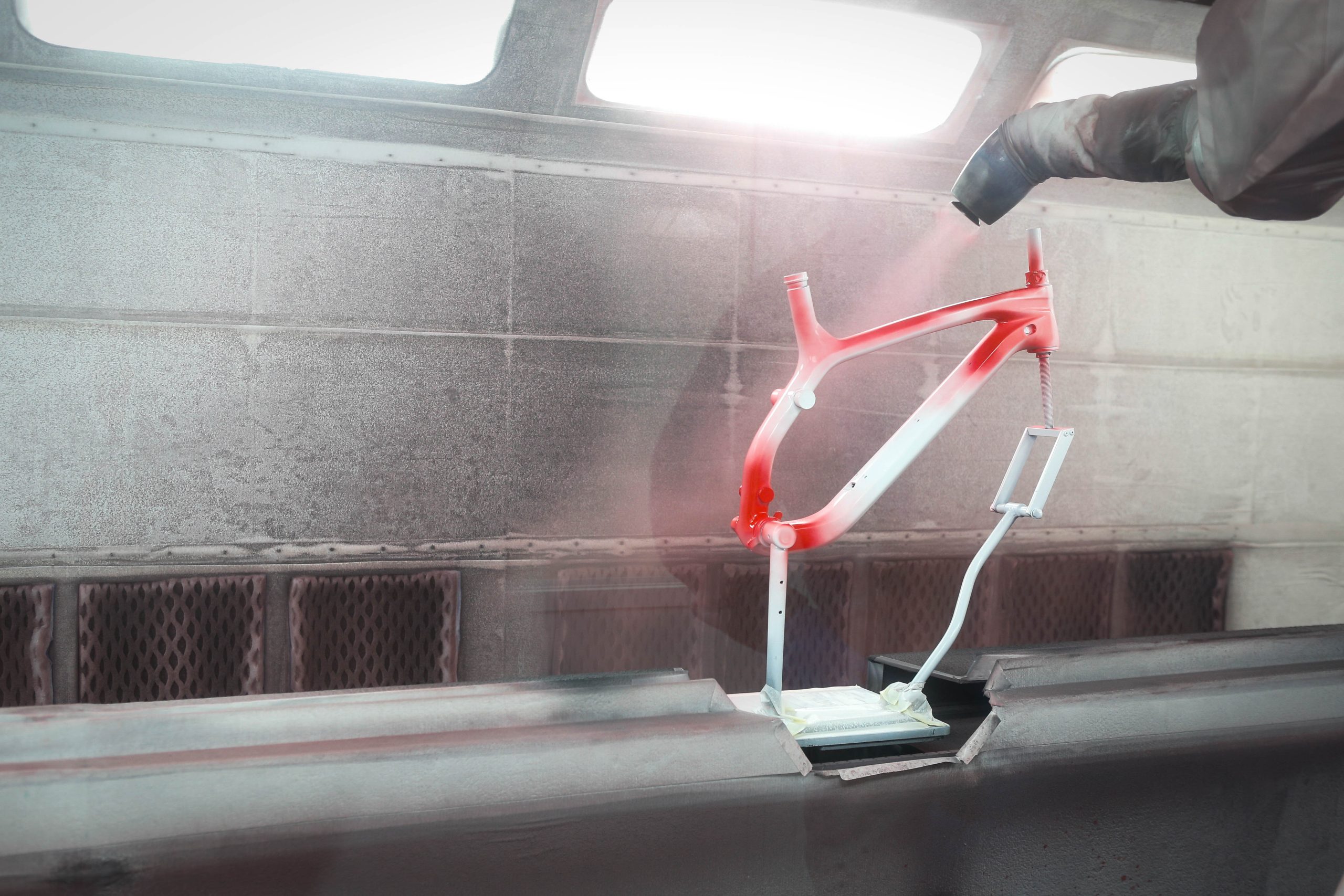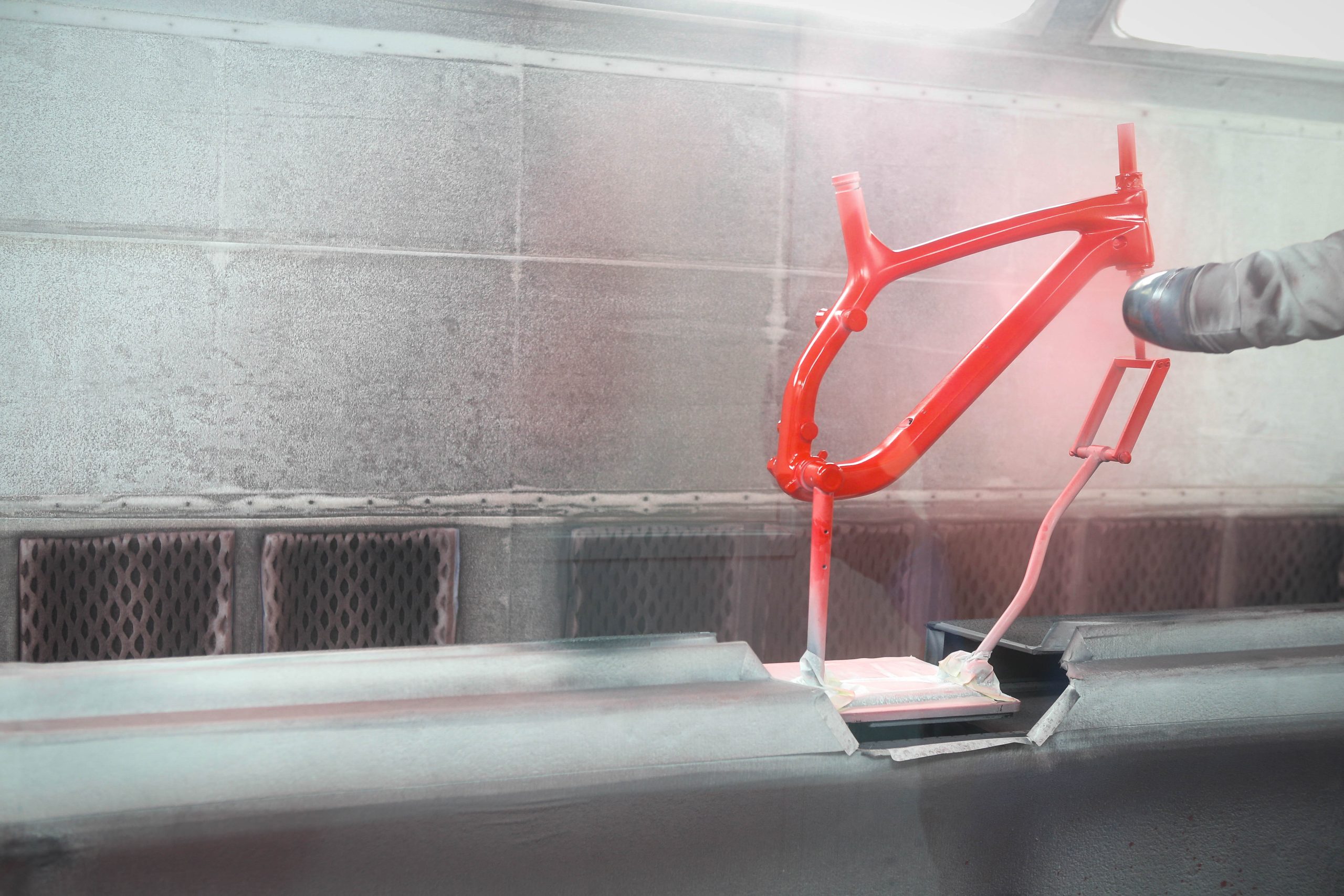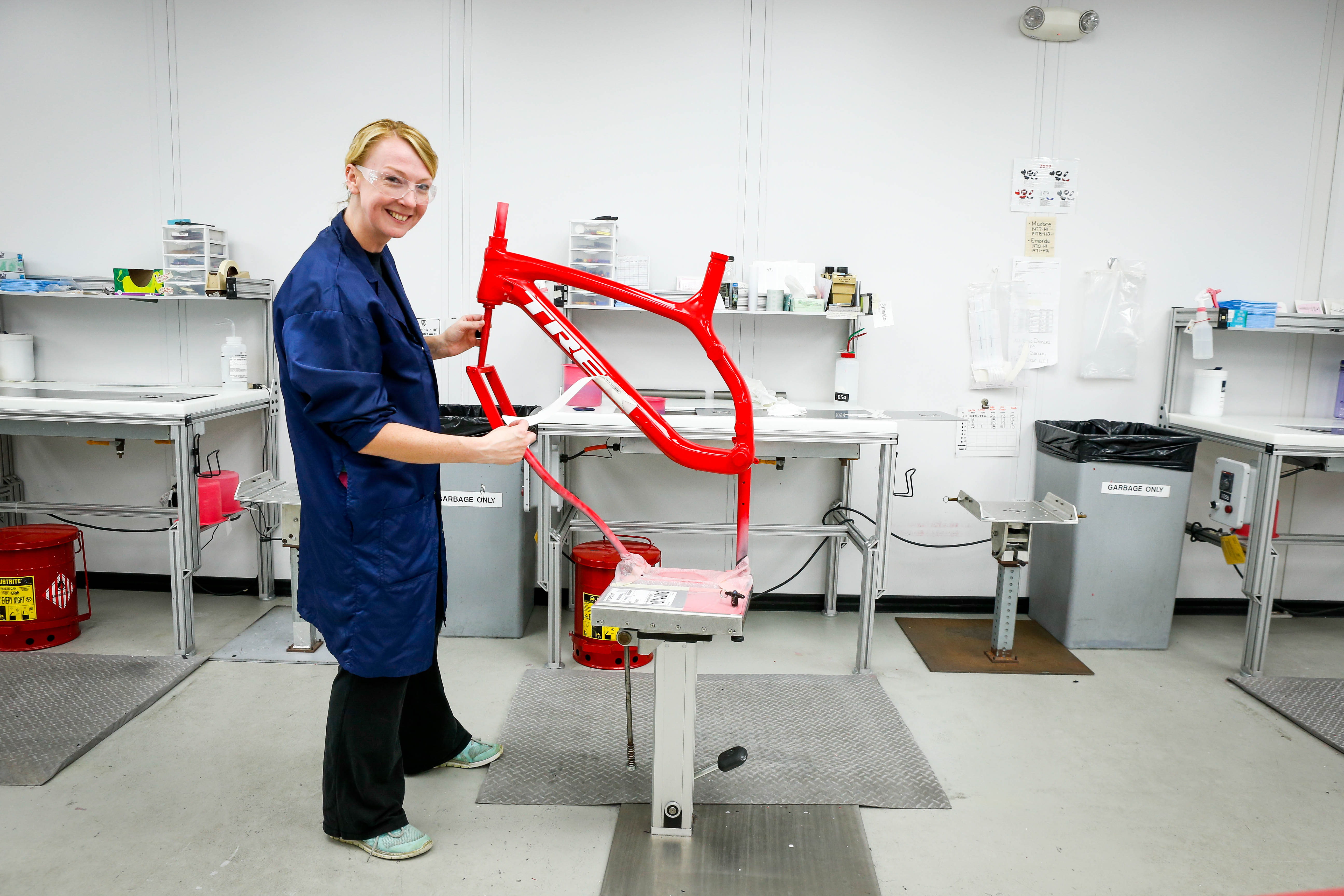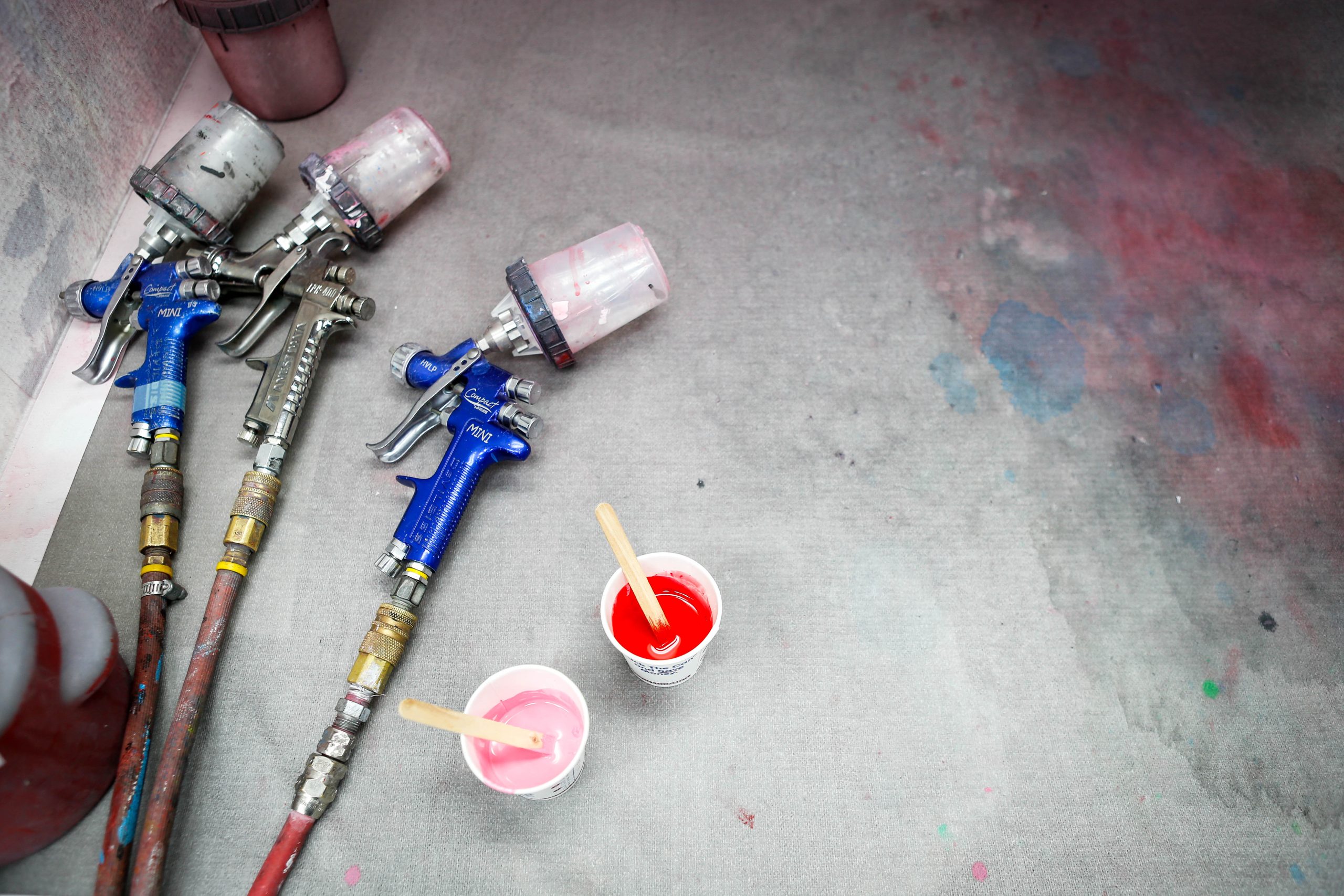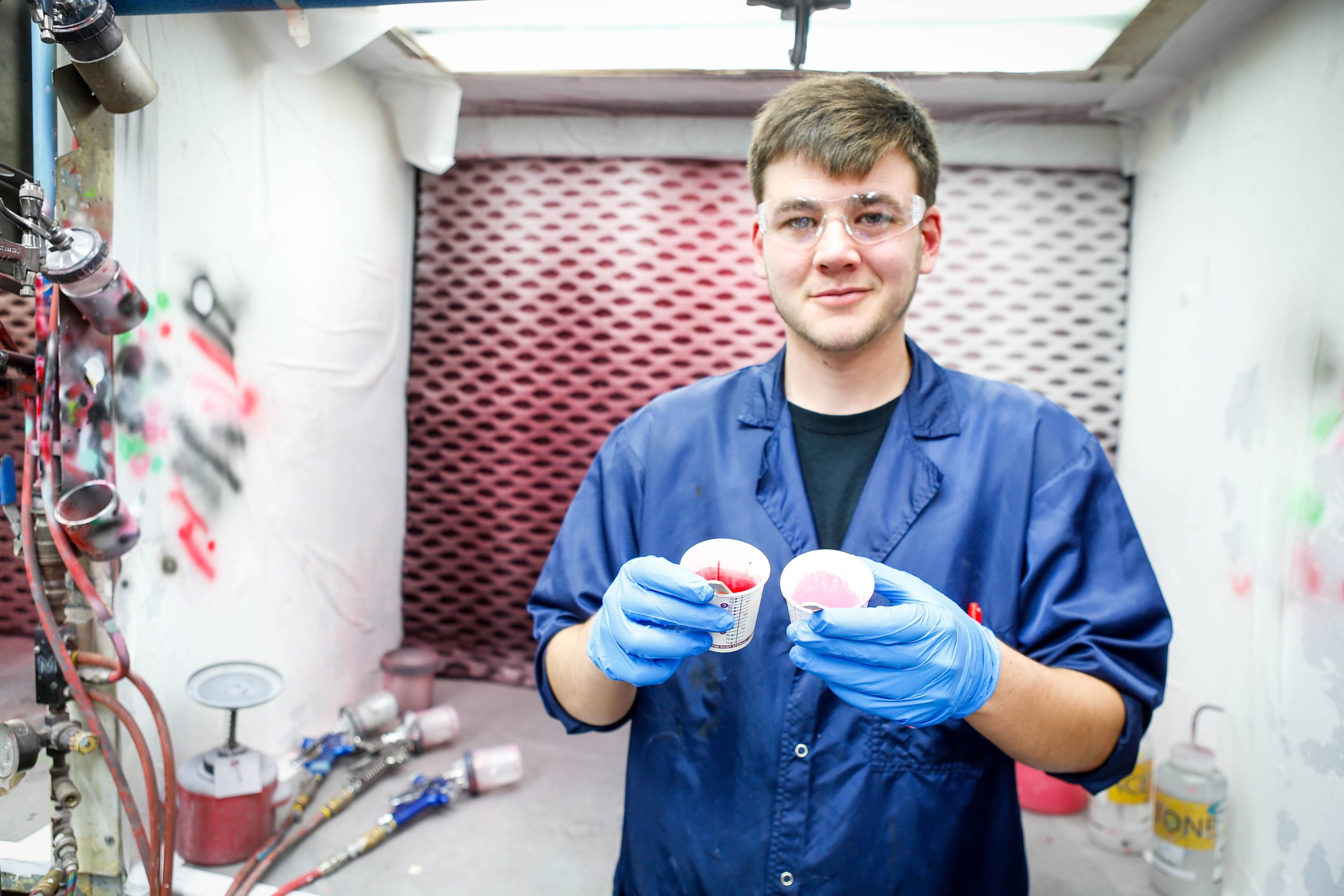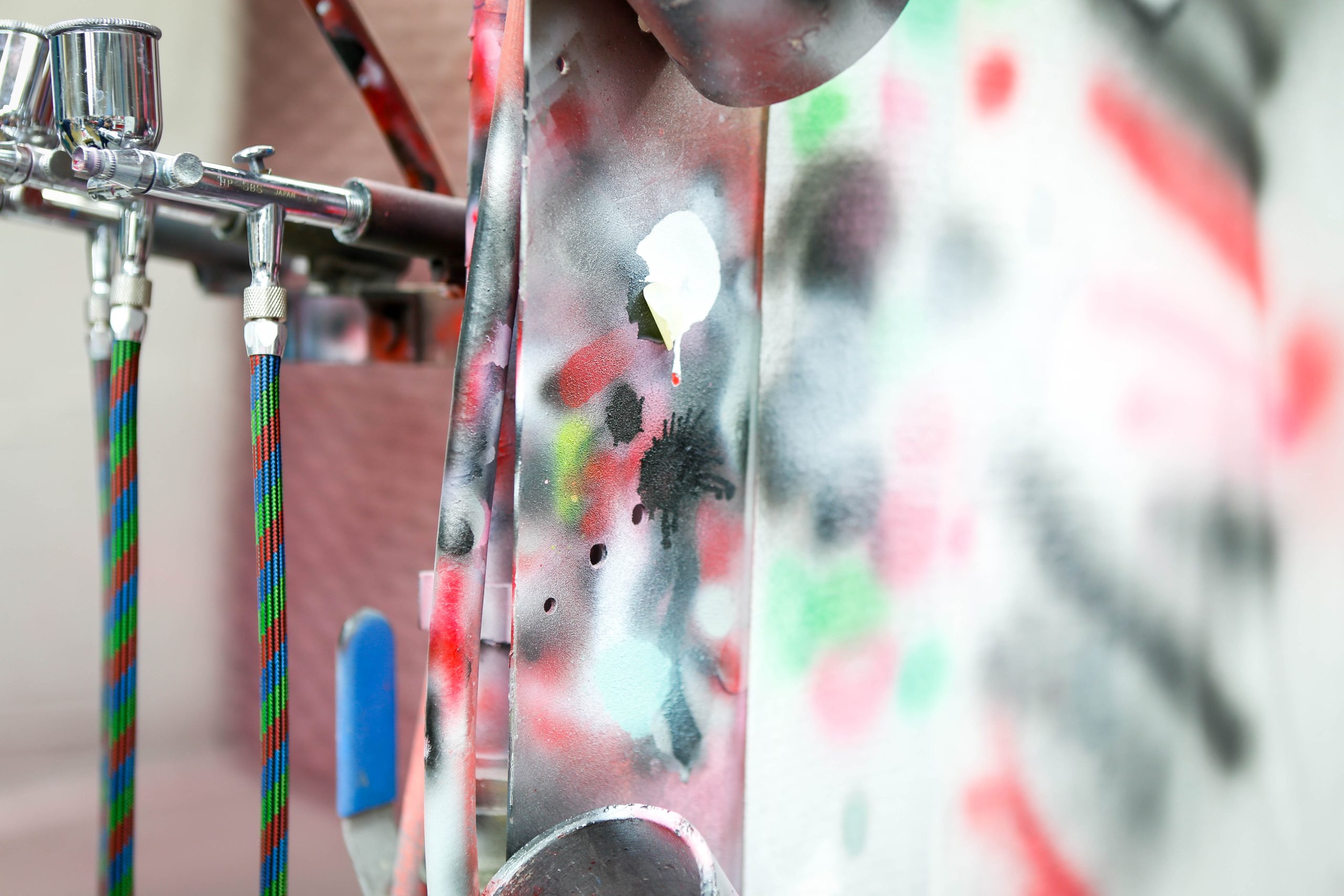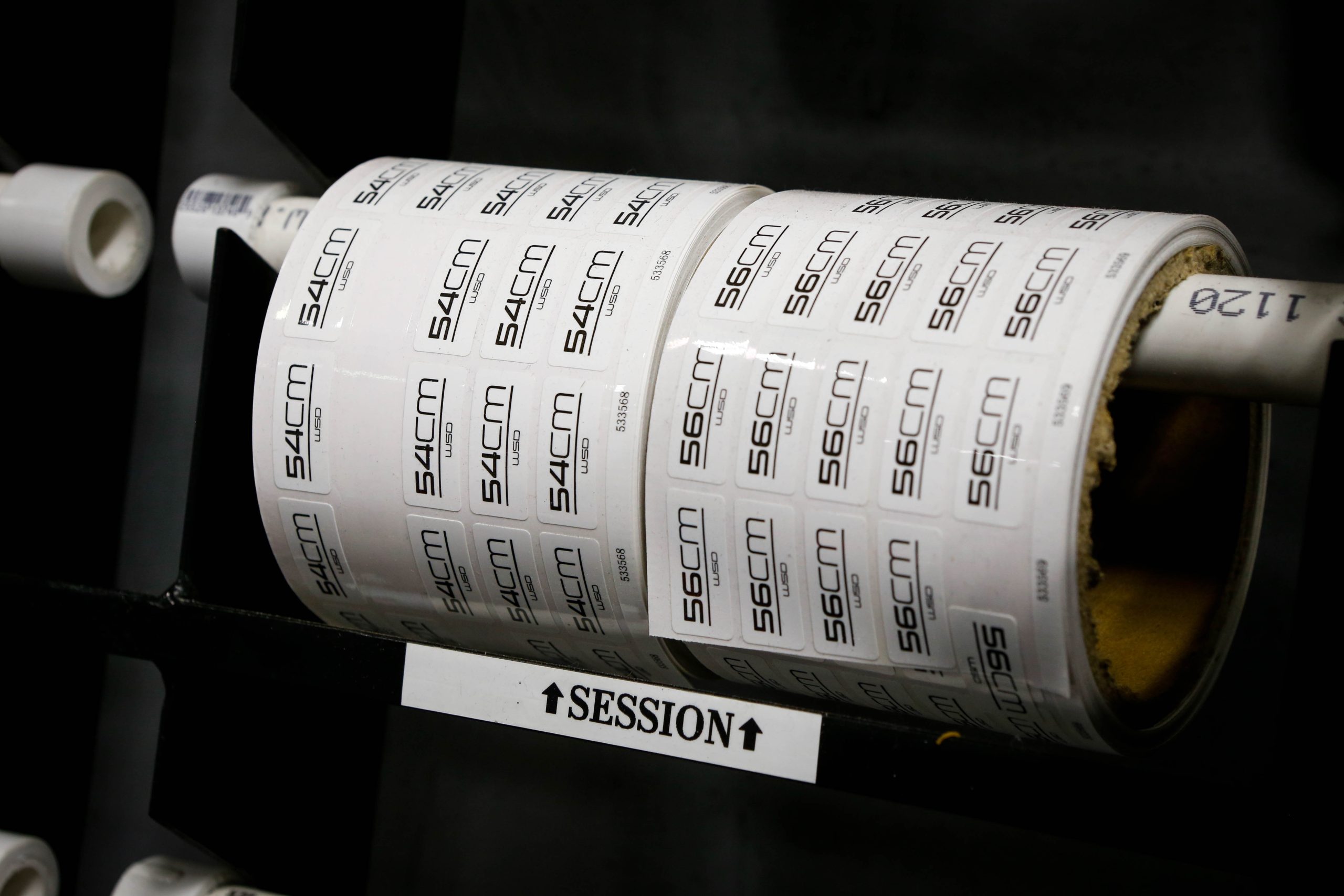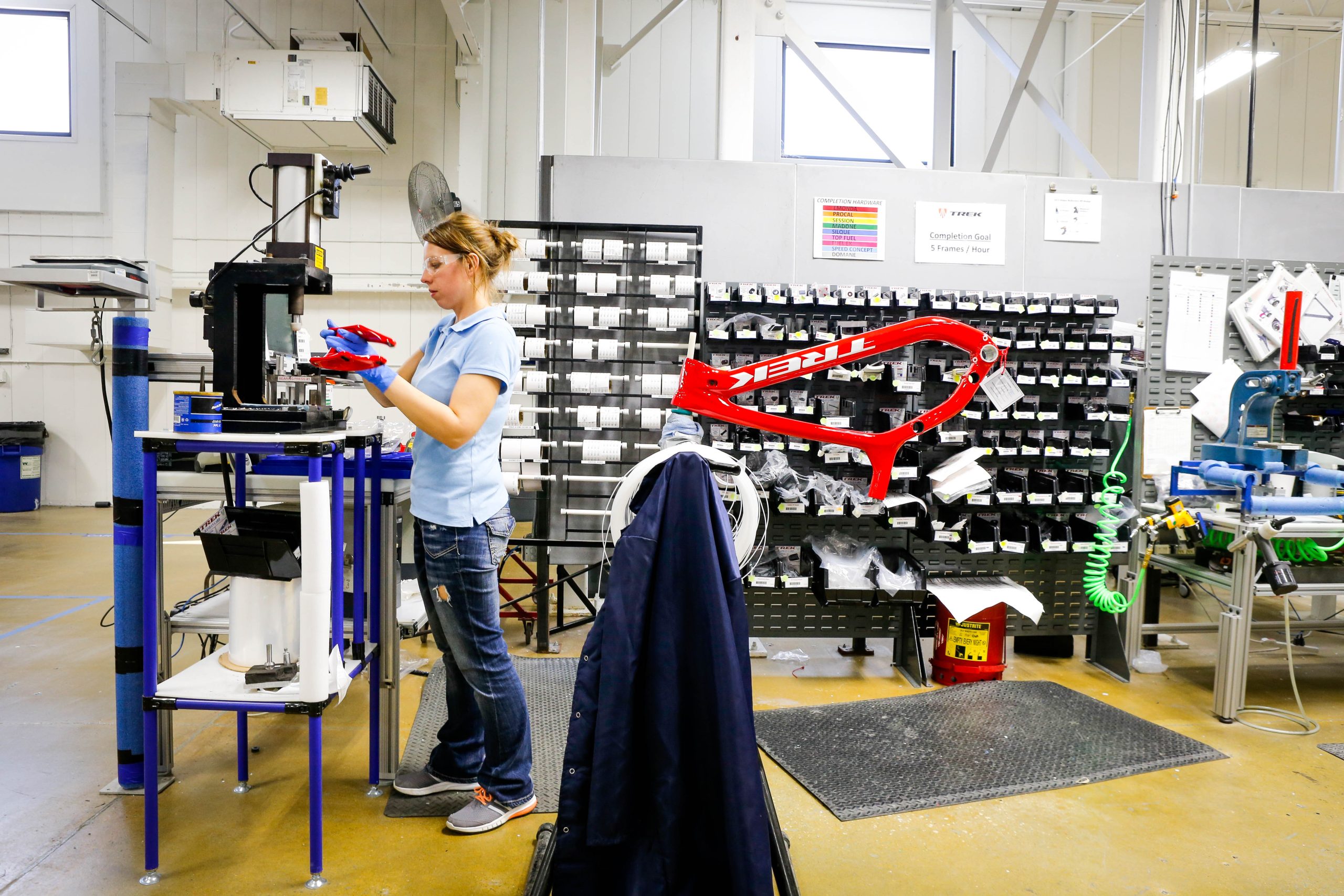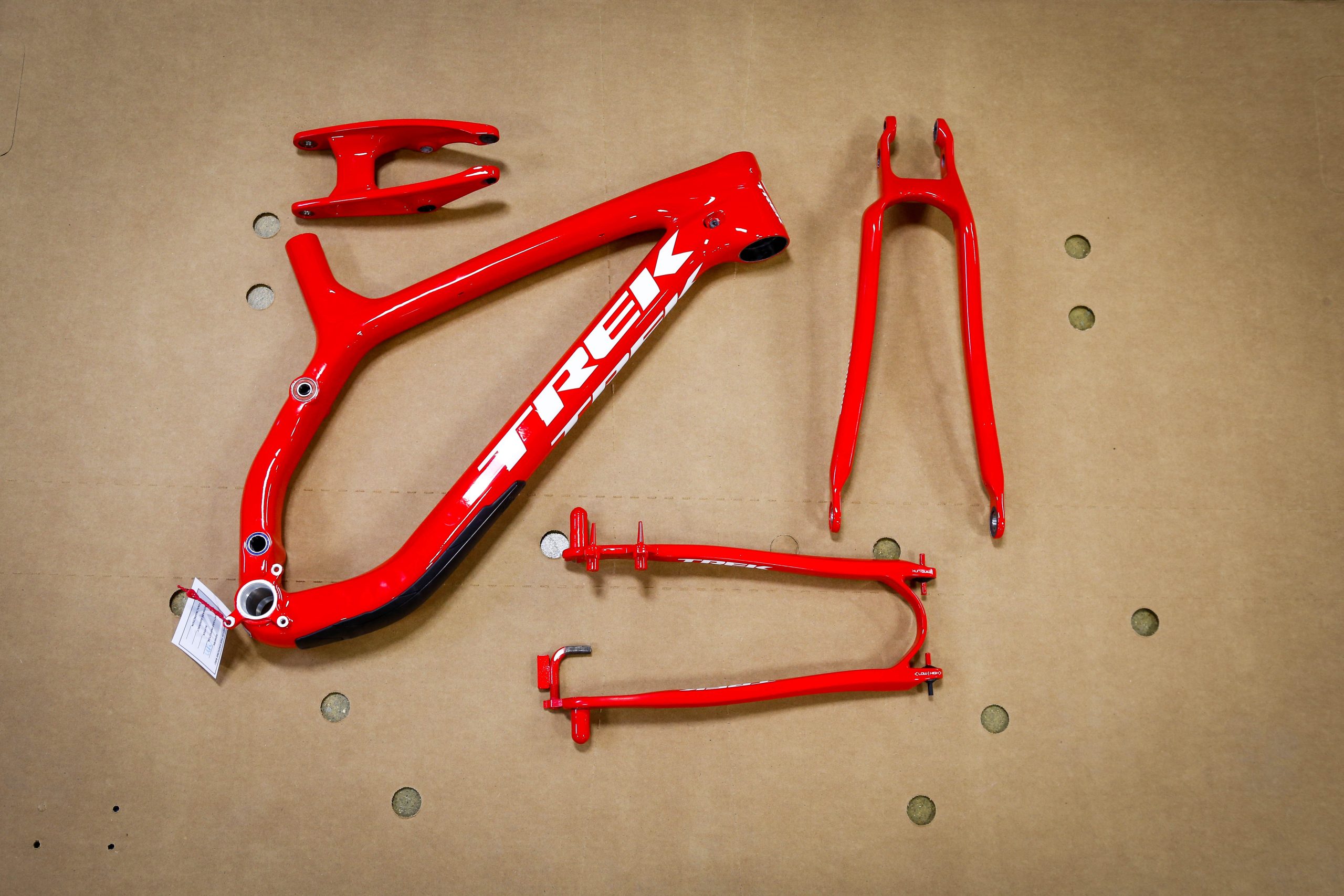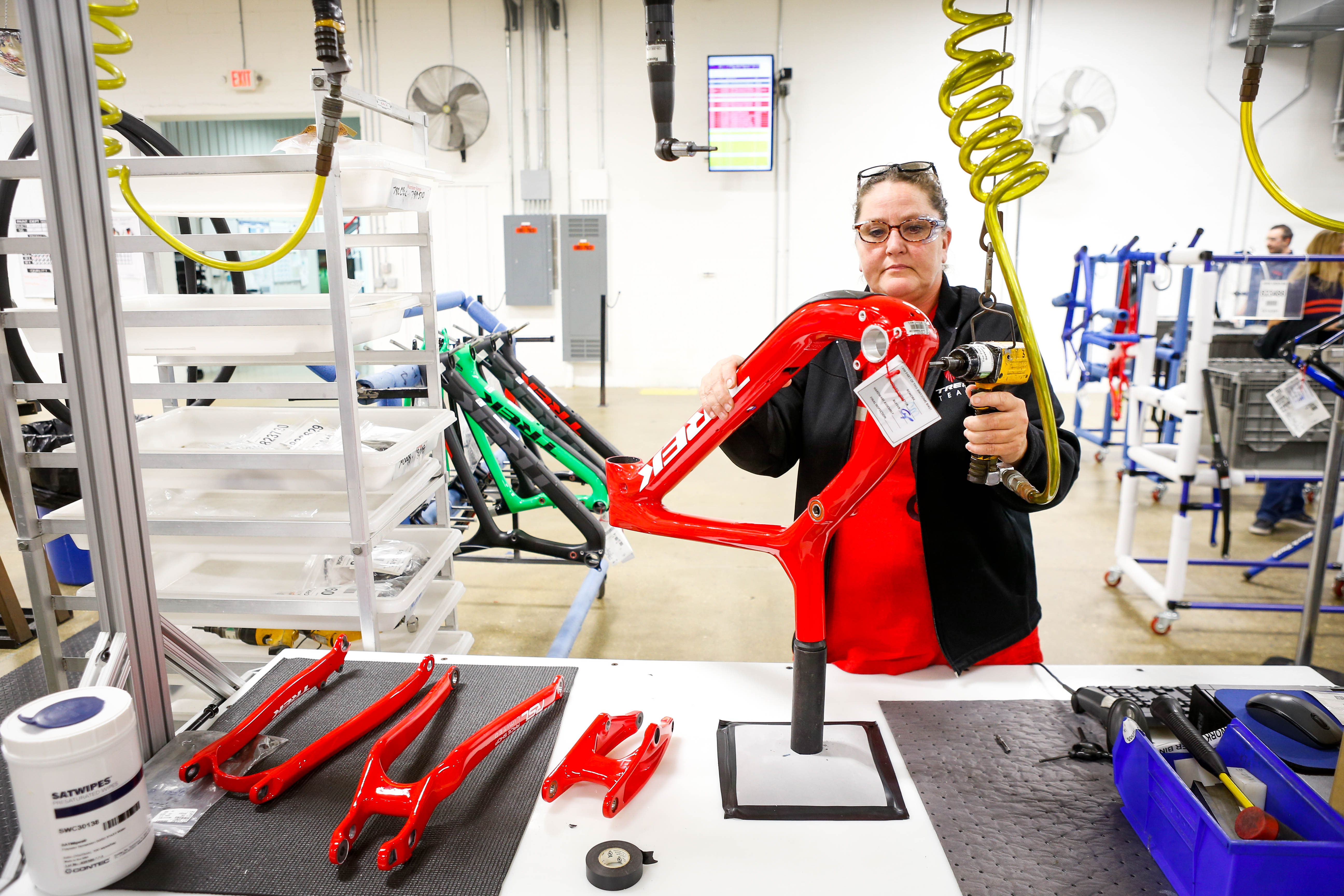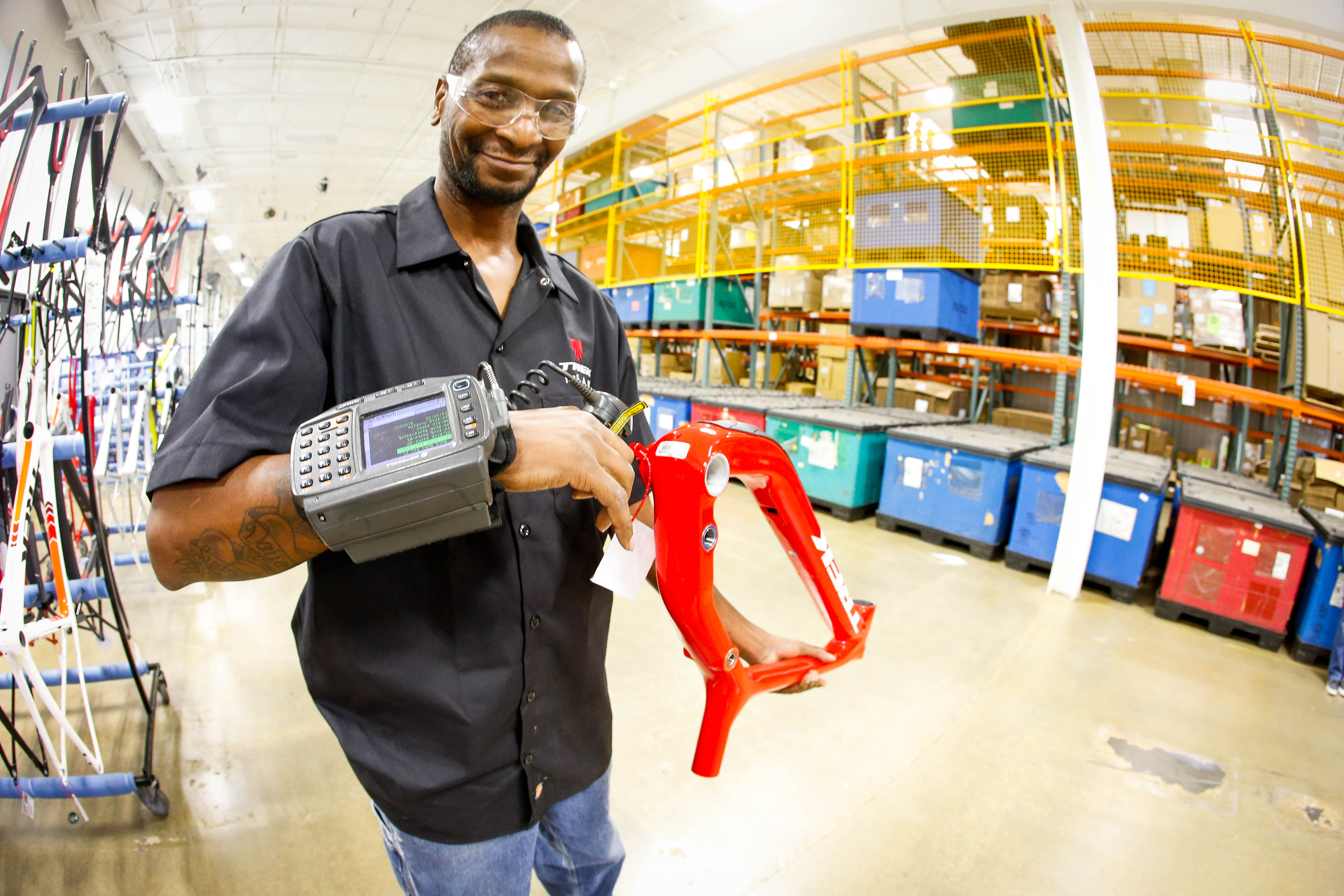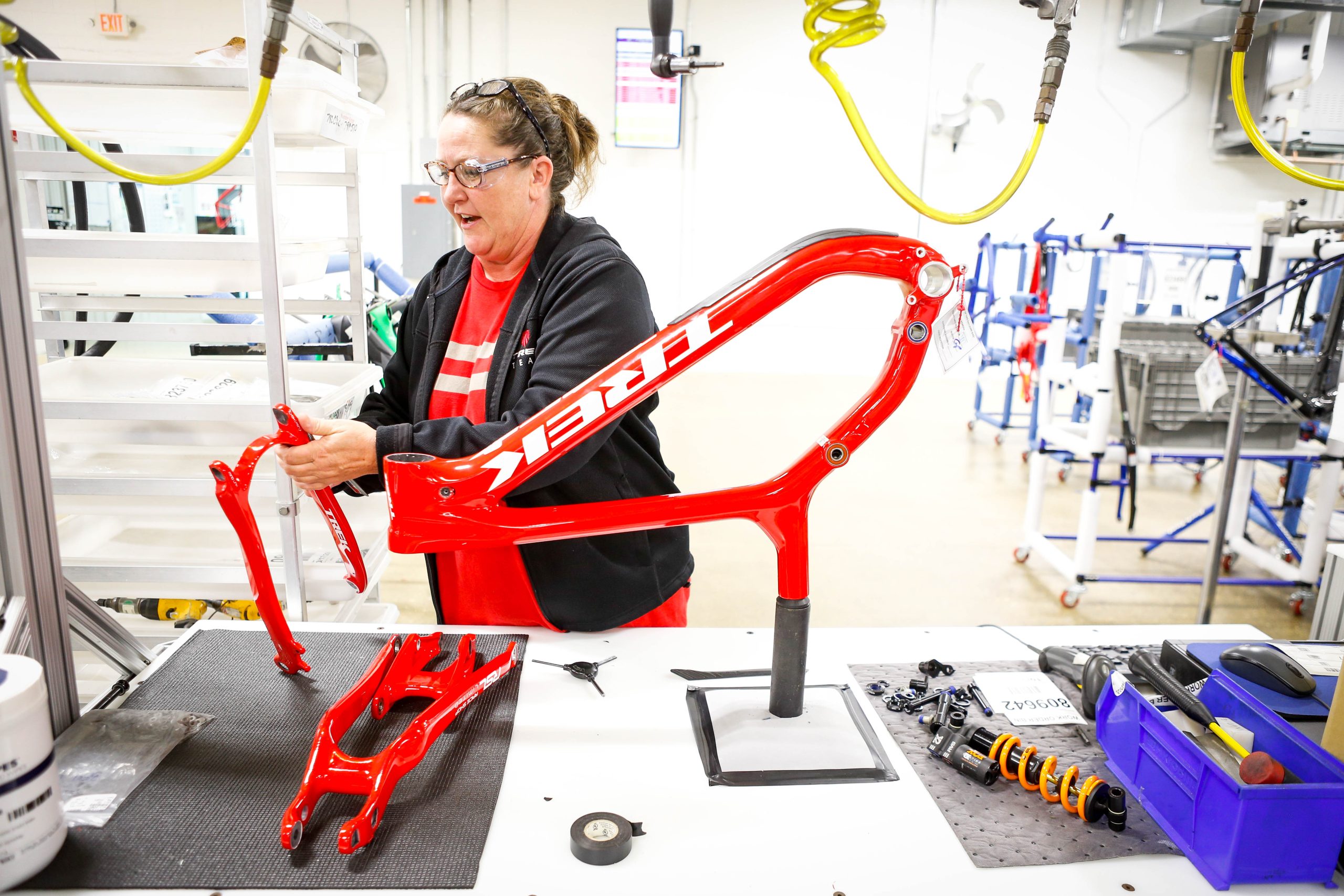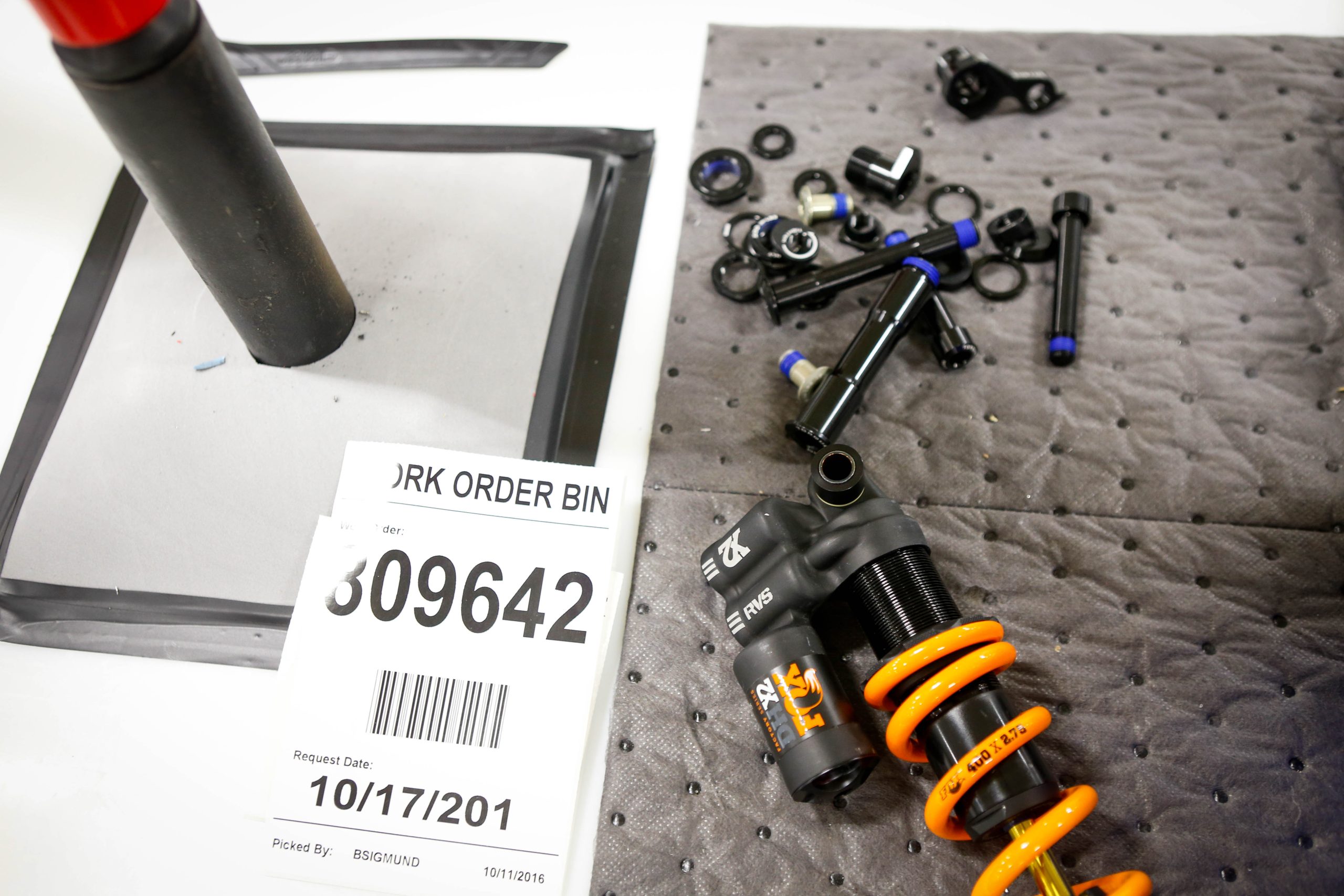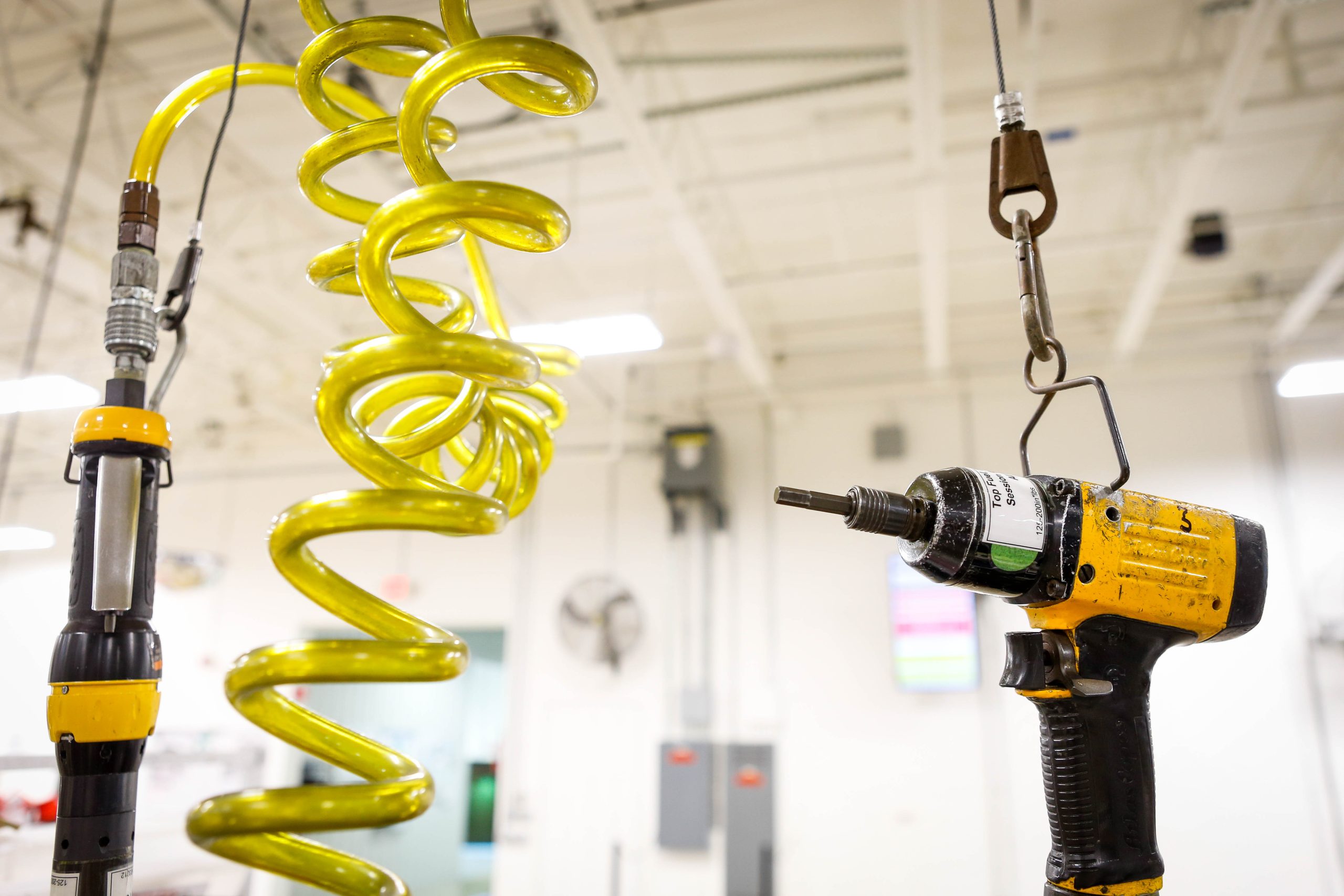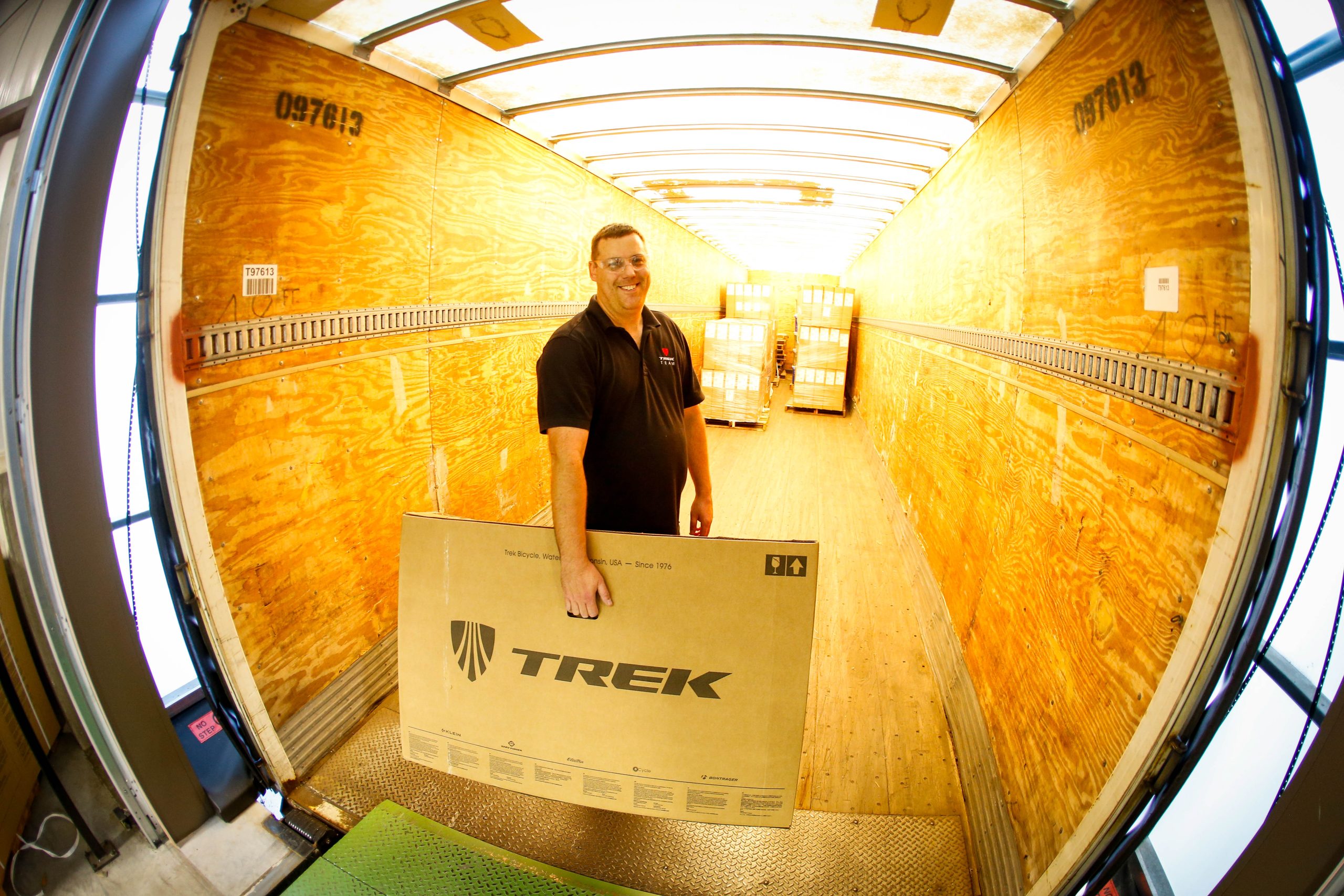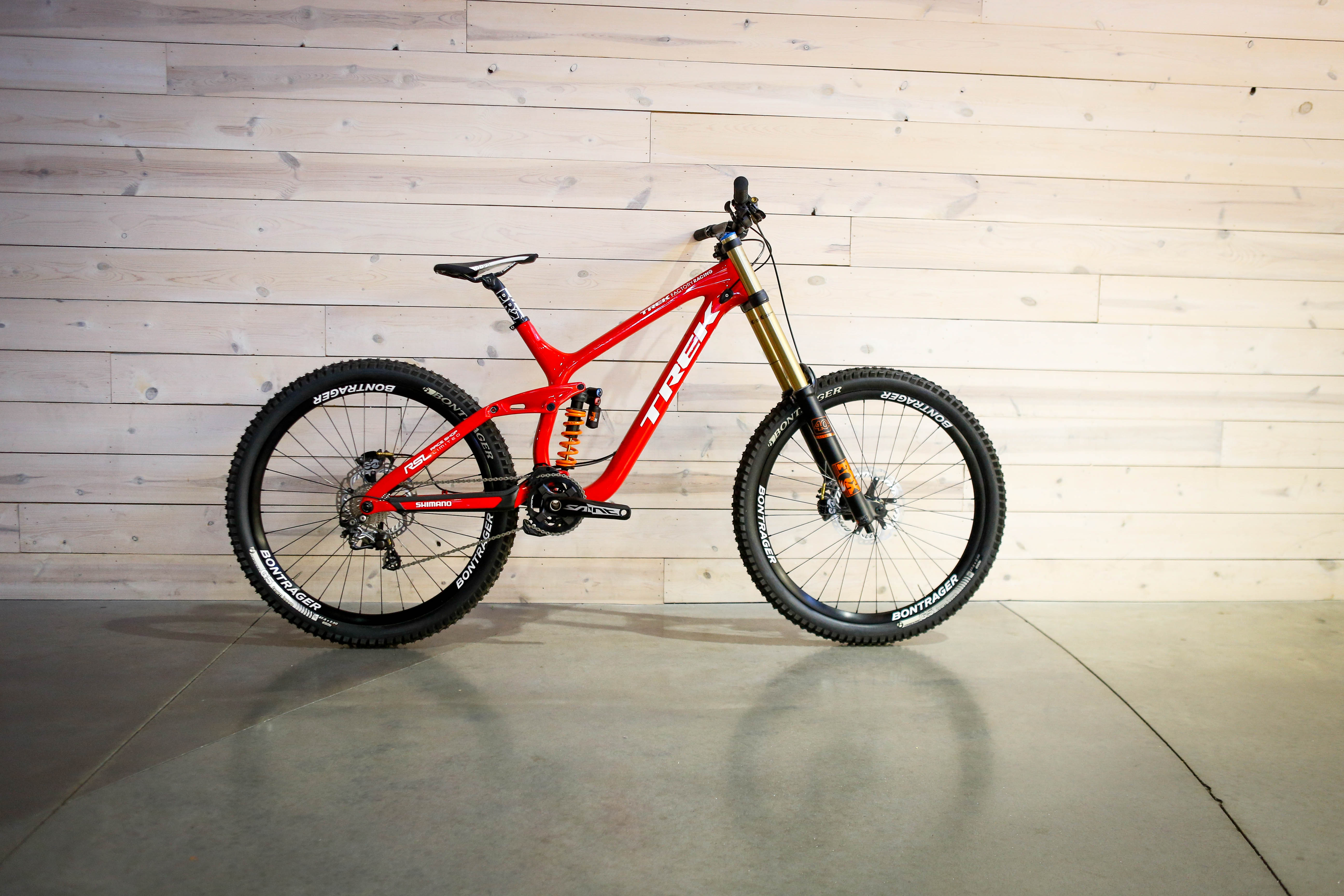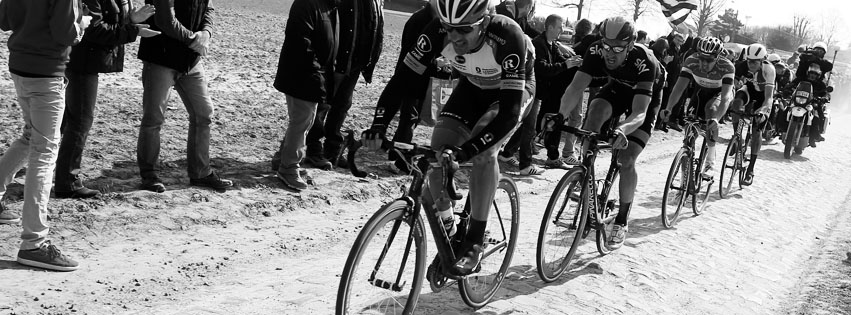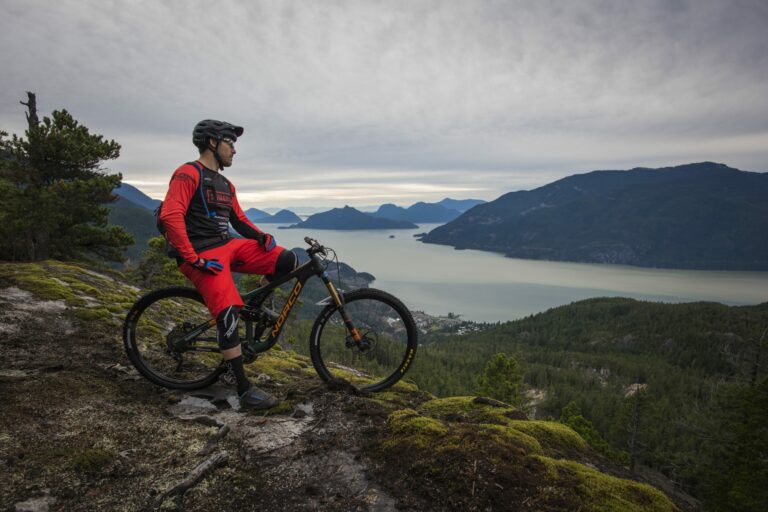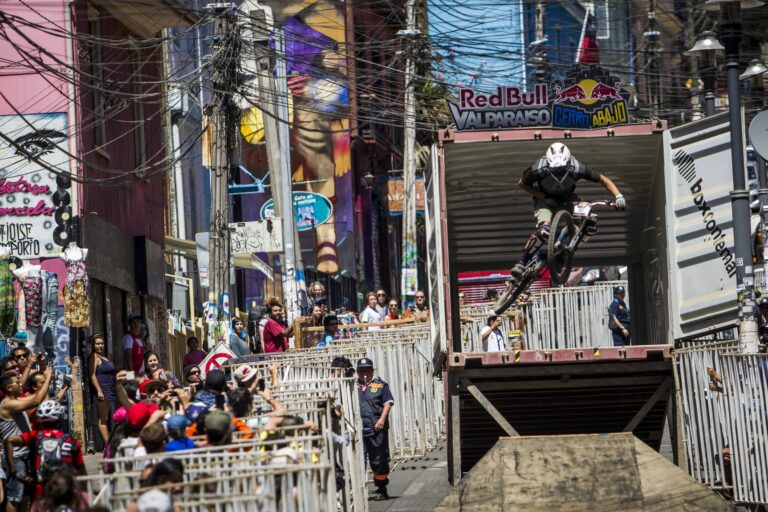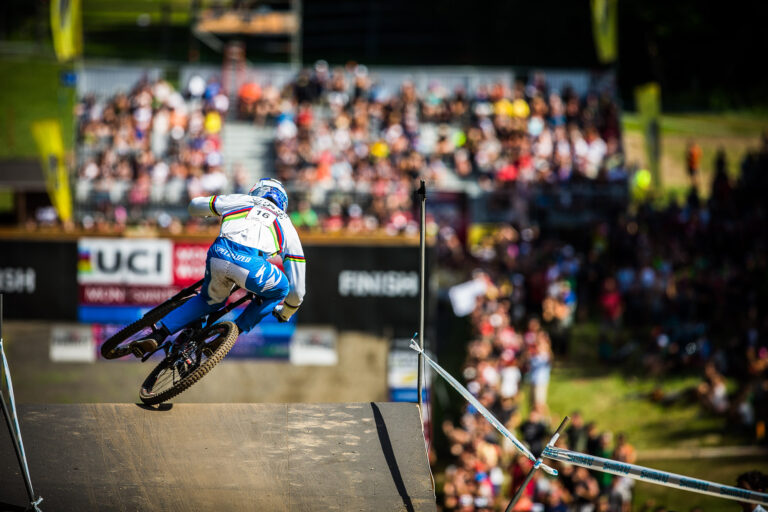‘Misty’ was going about the normal business of welcoming in clients before breathing out an intoxicating current of deep red spray from which there was no escape, except via the oven. Deeper inside, Angel was drawing the scalpel through sticky sheets of paper which the professor would soon bring to life, Sabrina was cackling with a cordless drill and Moreira was clouting the living daylights out of what seemed to be a plastic drainpipe.
It might come as a surprise but the Session 9.9 is an American made frame. The sight of the 9.9 certainly knocked me for six as I walked the long, high white corridors of the Wisconsin headquarters and frame building plant of Trek Bicycles.

It was the distinctive red that caught my eye, the Viper coloured embrocation emanating from a break dancing nebulizer, the skinny white limbs of the racked-up frame turning to an almost living red before further synthetic work, a drop of laquer and personal touch. As a salon, ‘Misty’ was working in one of the finest, and certainly one of the more exclusive.
The goings-on in a paint shop had not been high on my list of priorities when visiting the brand that holds many world titles in several disciplines of bicycling. All I knew was that high end carbon road bikes were made and painted here, and that I was on a mission to report on technology not cosmetics.
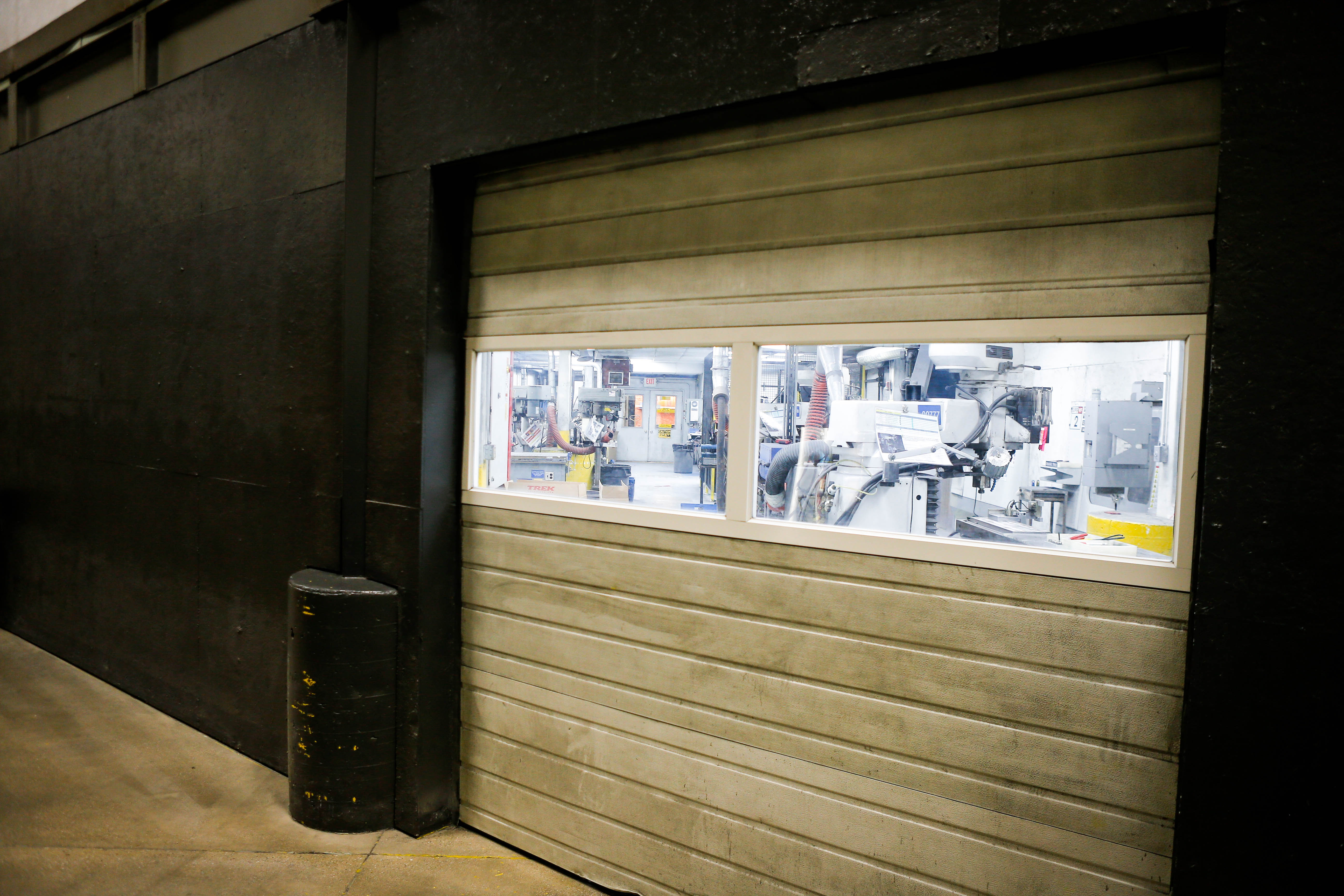
It then dawned on me that there was much more than ‘finishing’ in the air. I began scanning the workshops and in each one a new piece of the Session downhill bike would appear. A man buffing a rocker link, a front triangle being glued. Holy shit, I never knew the Session was a frame wholly created in America. My walk turned into a trot, and before I knew it I had a hat and glasses, long coat and notebook chatting to every single person who’d breathed on the Session during its making.
Media reports of ‘boutique’ bikes came into my conscience, a history of Californian hand made. High jinks and the handmade rife in an industry that’s rattling towards… hell had ‘Misty’ doused me with hallucinogens?
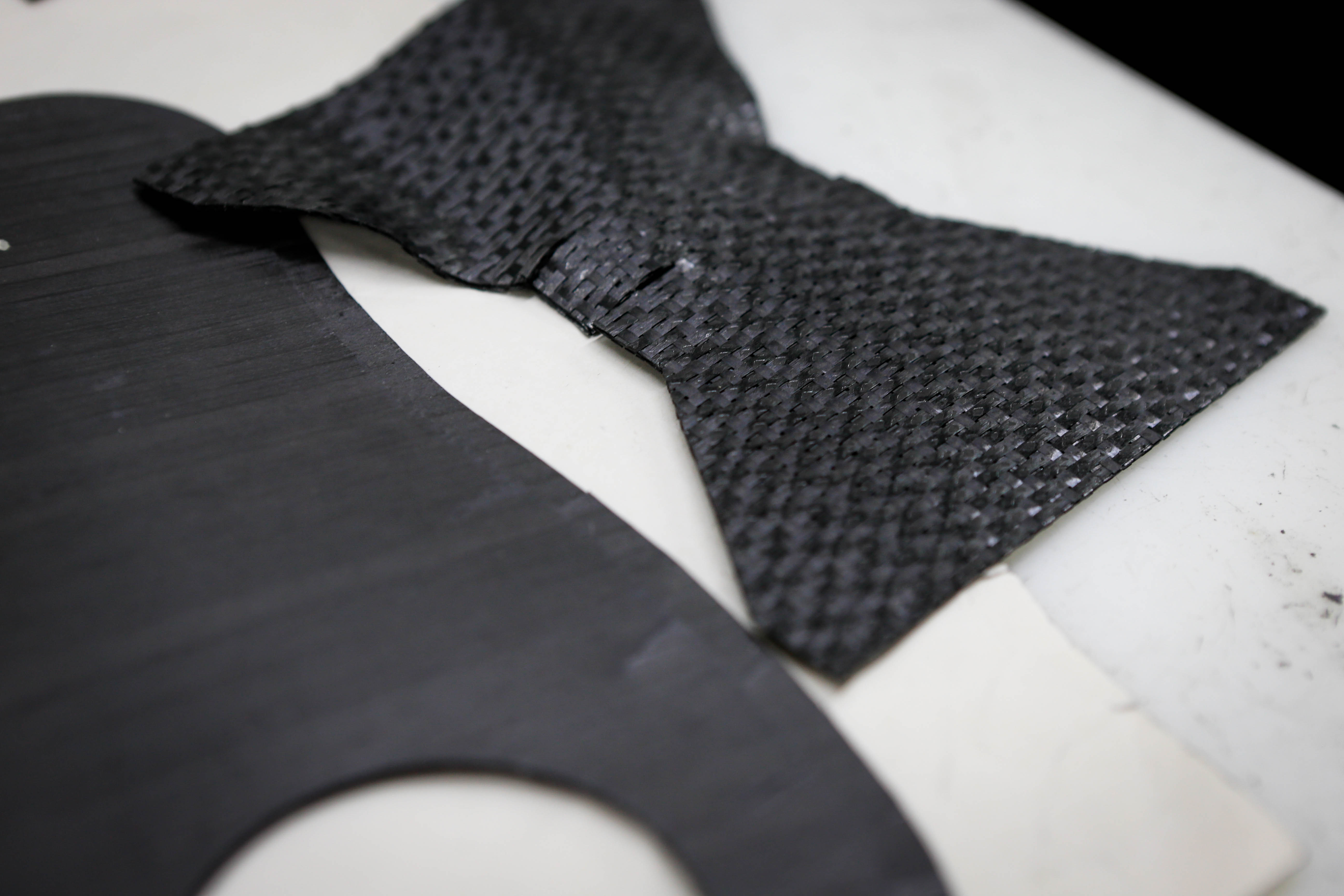
It’s well known that most mountain bike frames and components get made in Asia. Economies of scale and a skilled labour force or cheap labour and steel, whichever way you look at it, that’s the reality. It’s partly the reason why an Asian made Trek Slash frame is £2900 and the American made Session frame is £4800. But they’re all handmade frames, they’d all sit pretty in a boutique shop. And in terms of quality, I’ve seen the love, I’ve seen the skill.
Here then is every person involved in the physical creation of the Session 9.9 at Trek HQ, Madison.
Words and Photos: Steven Jones

